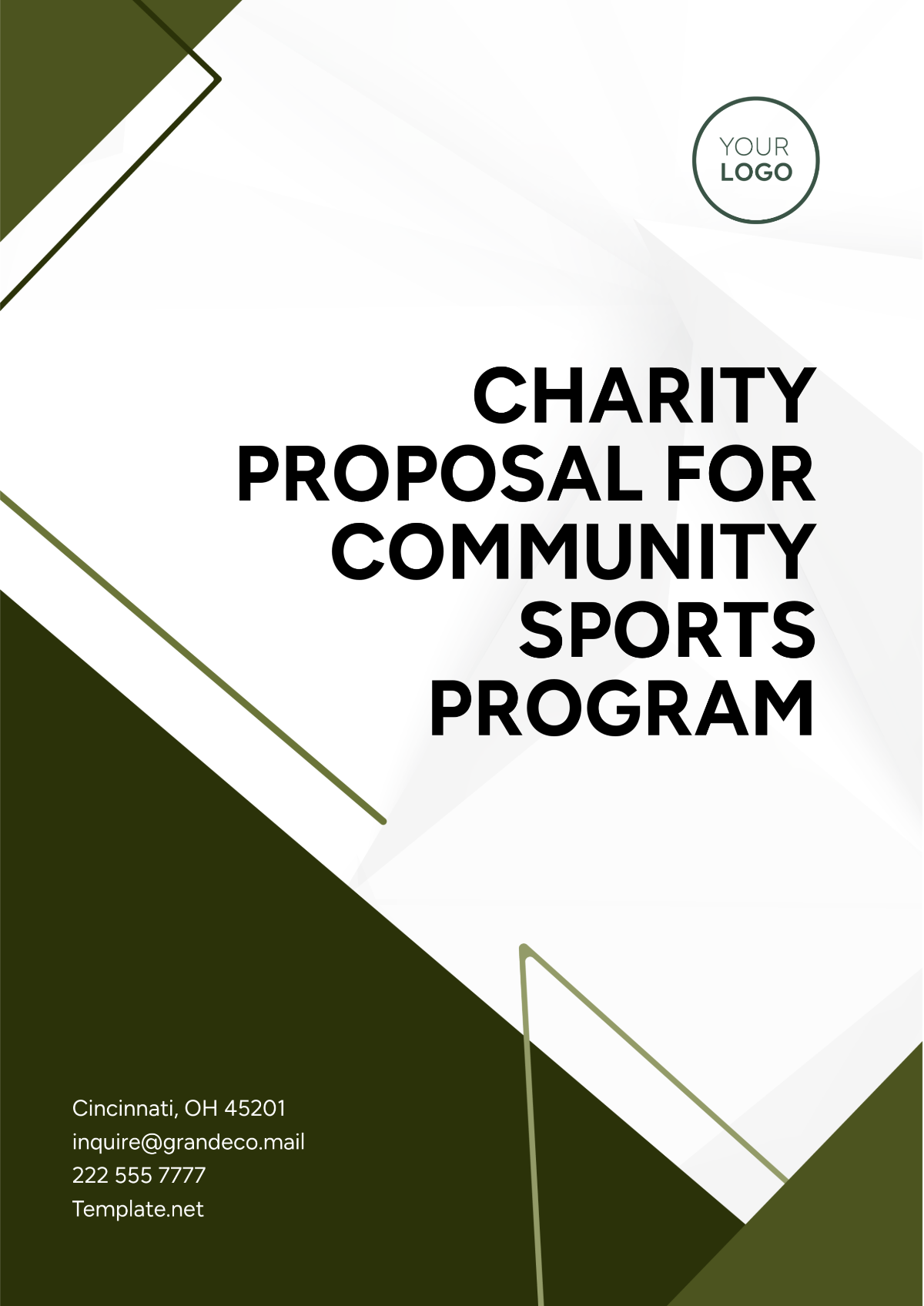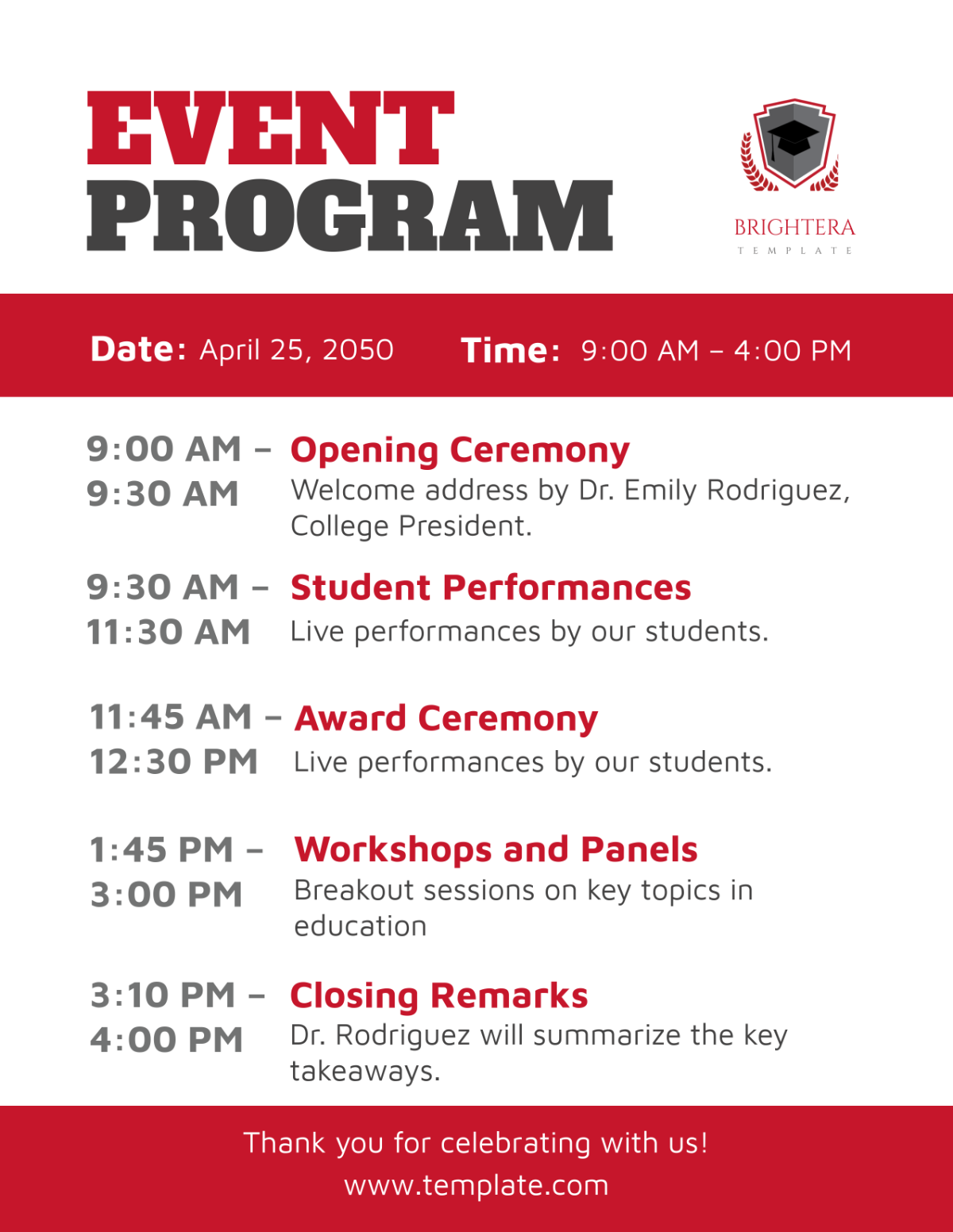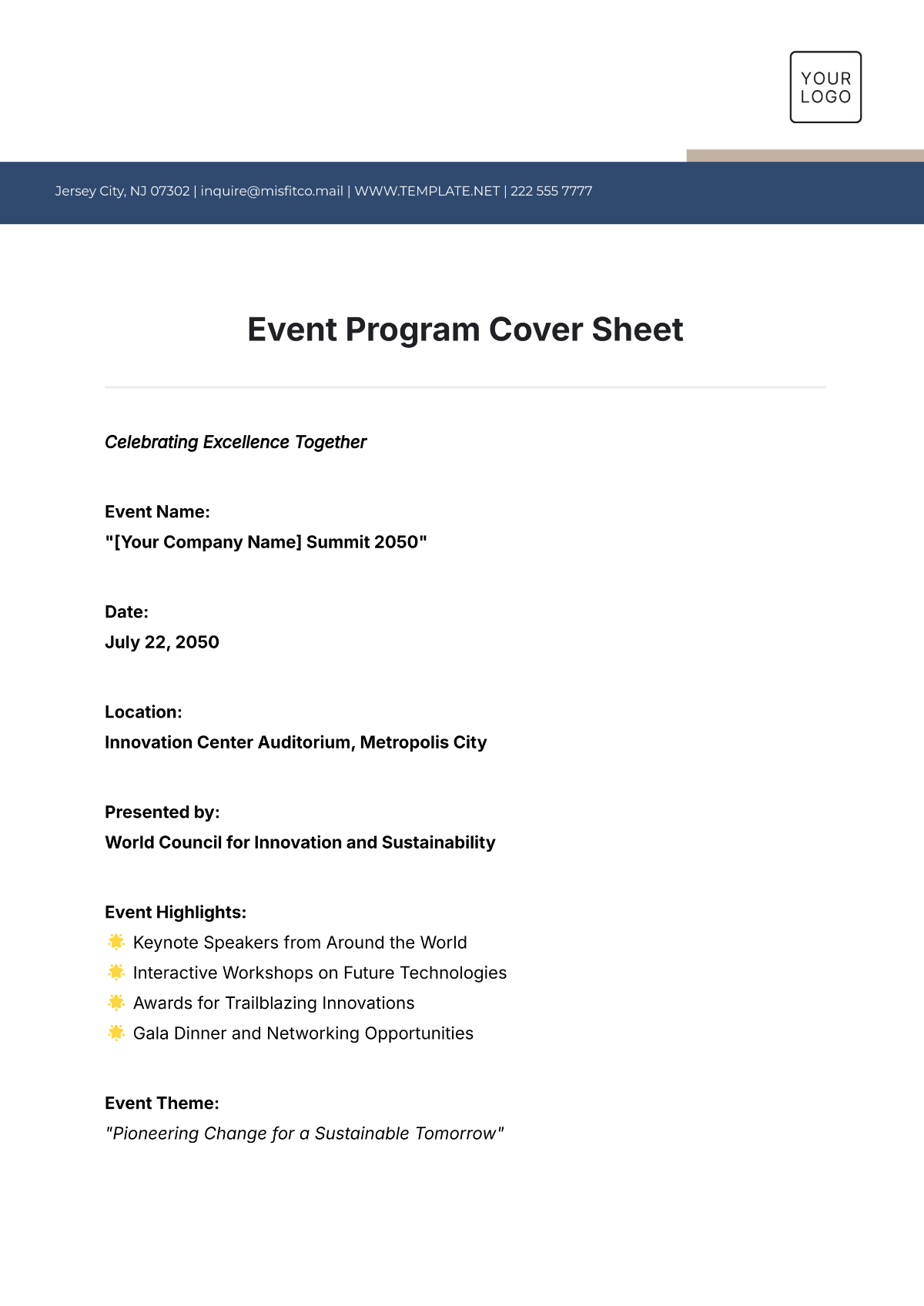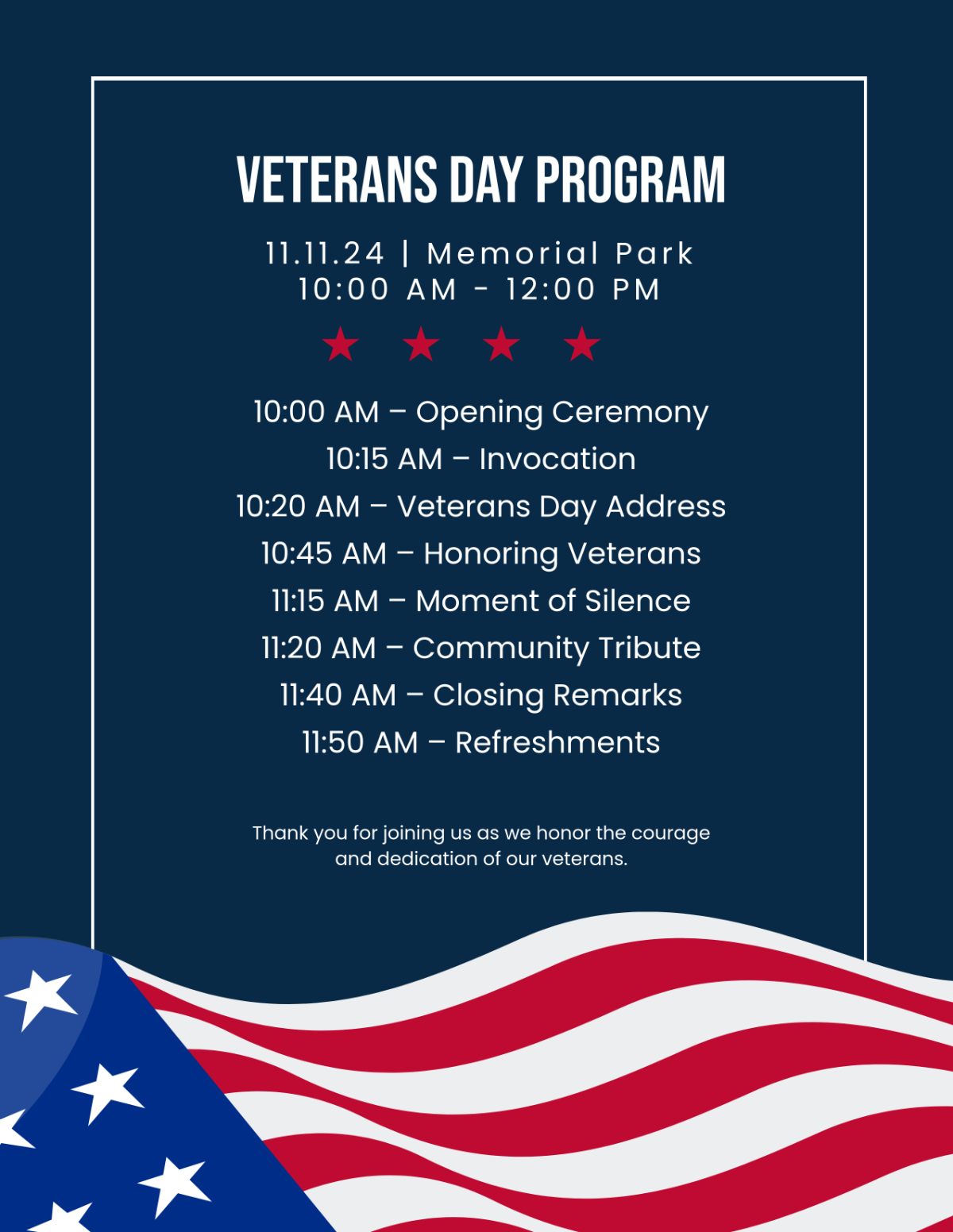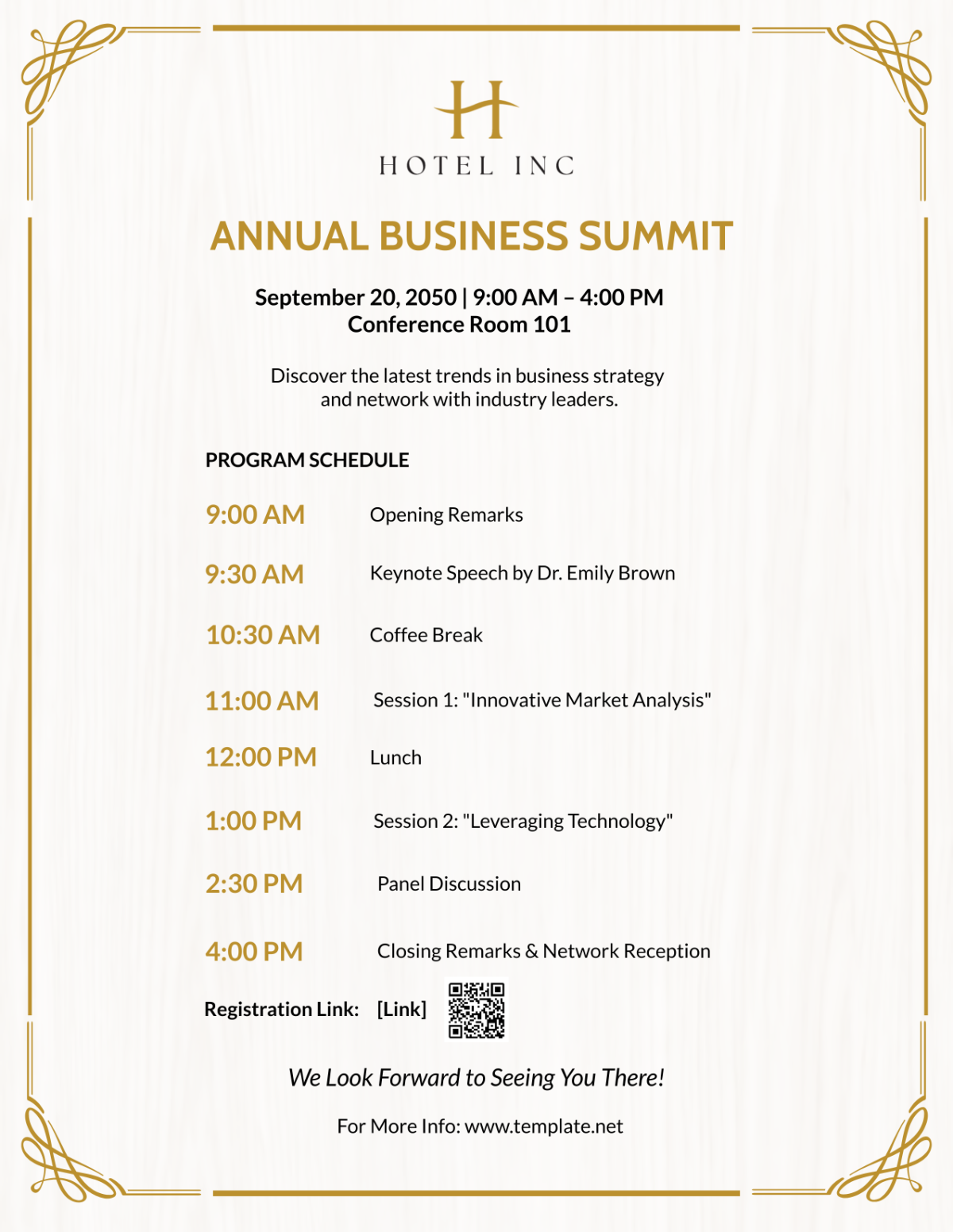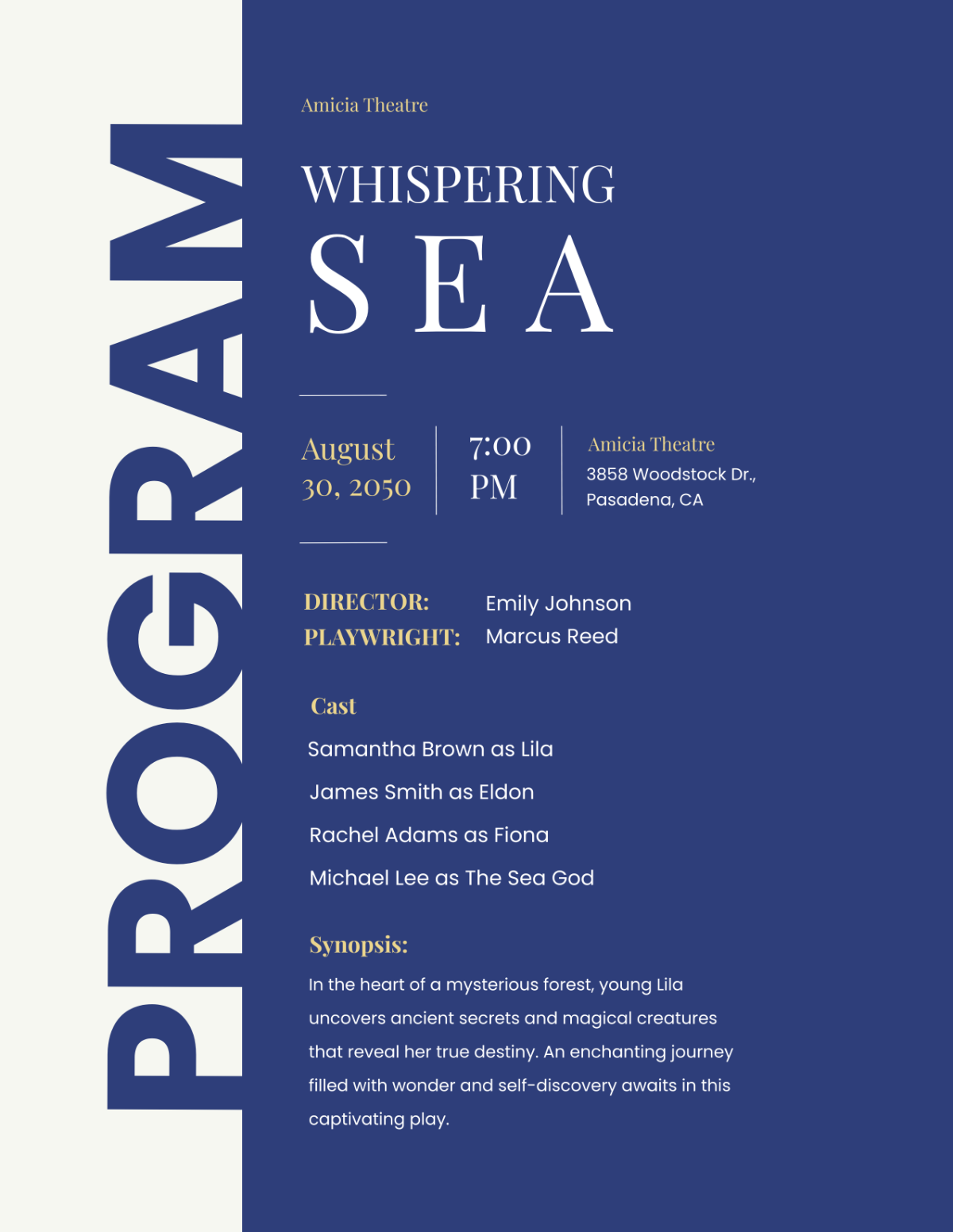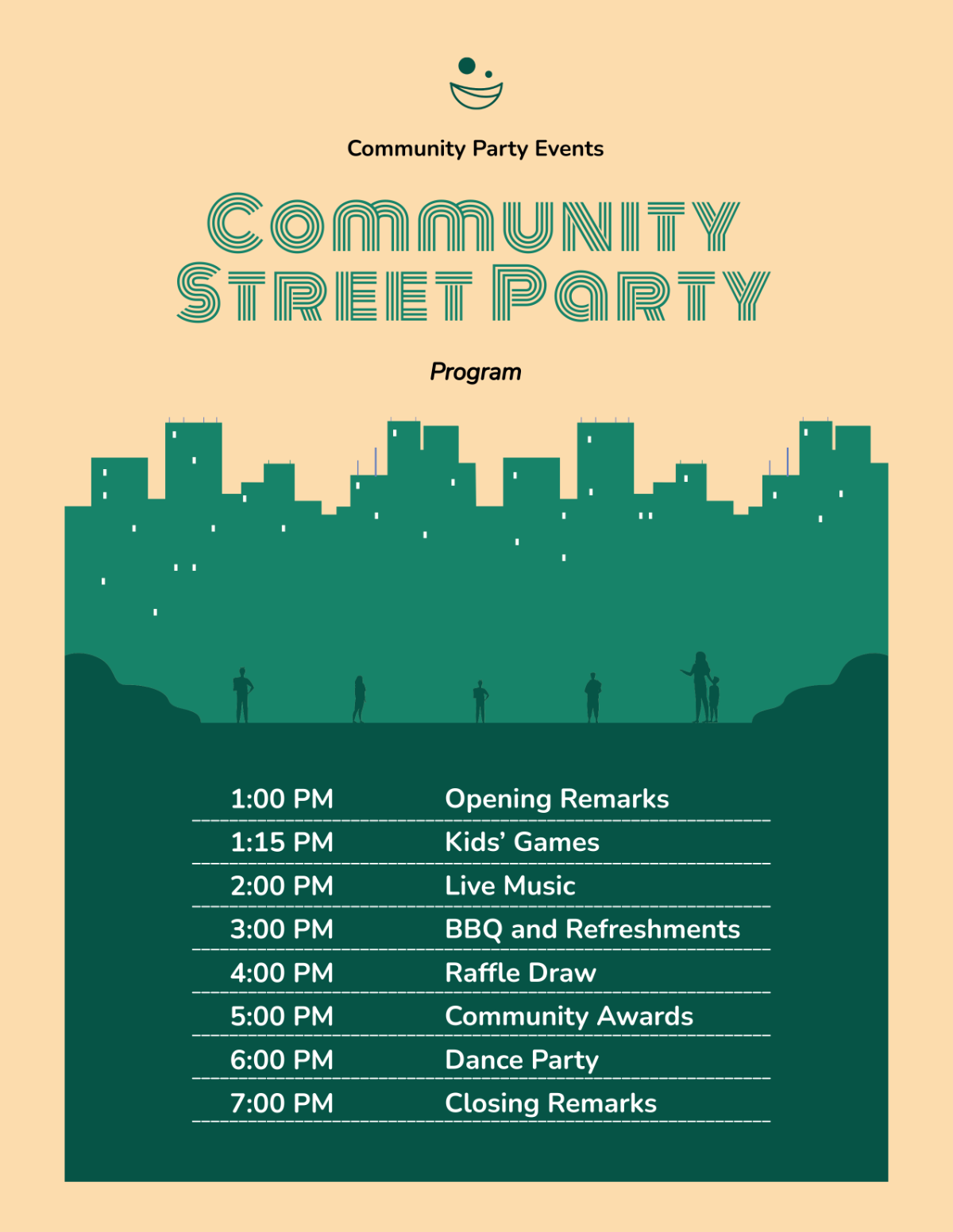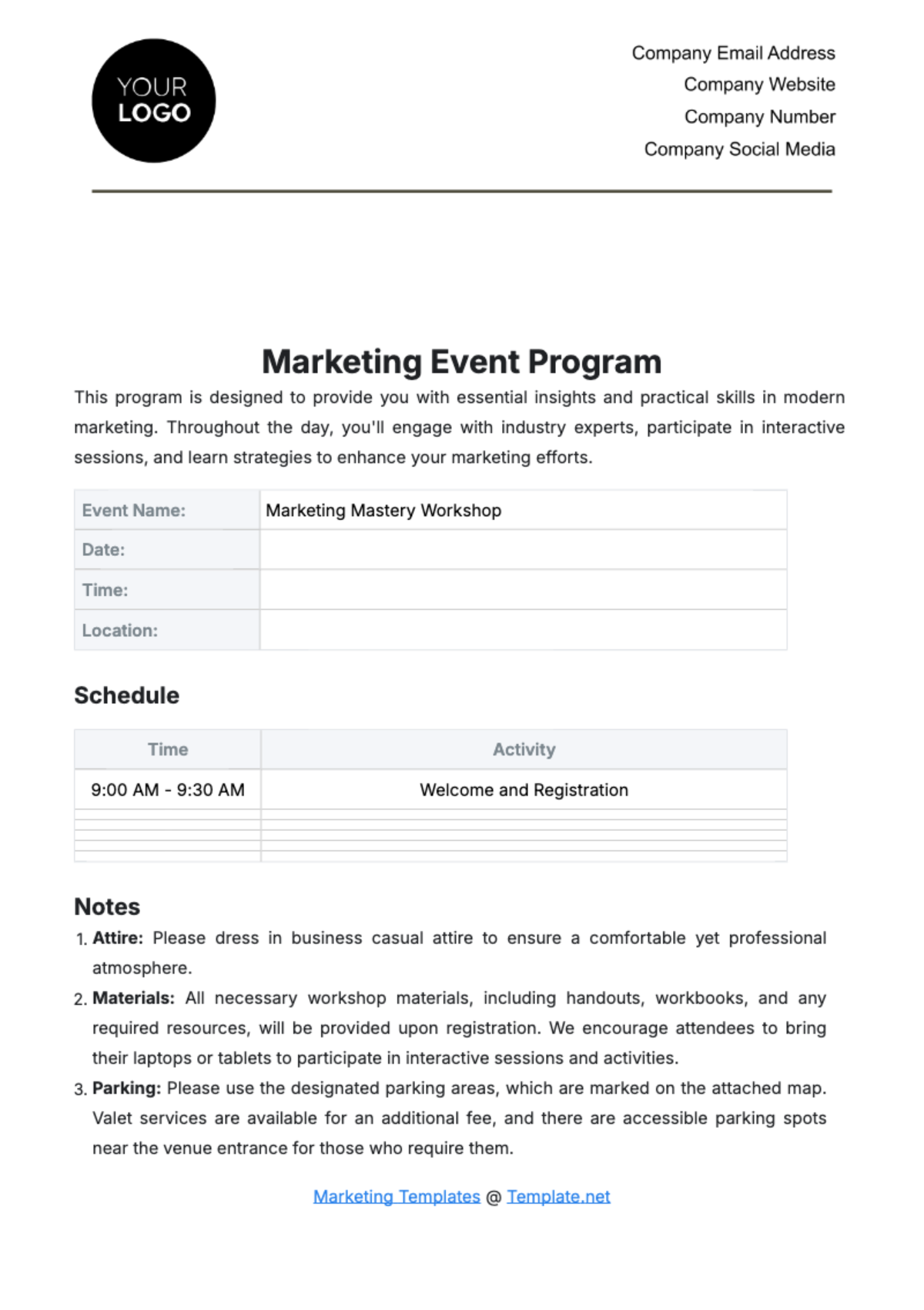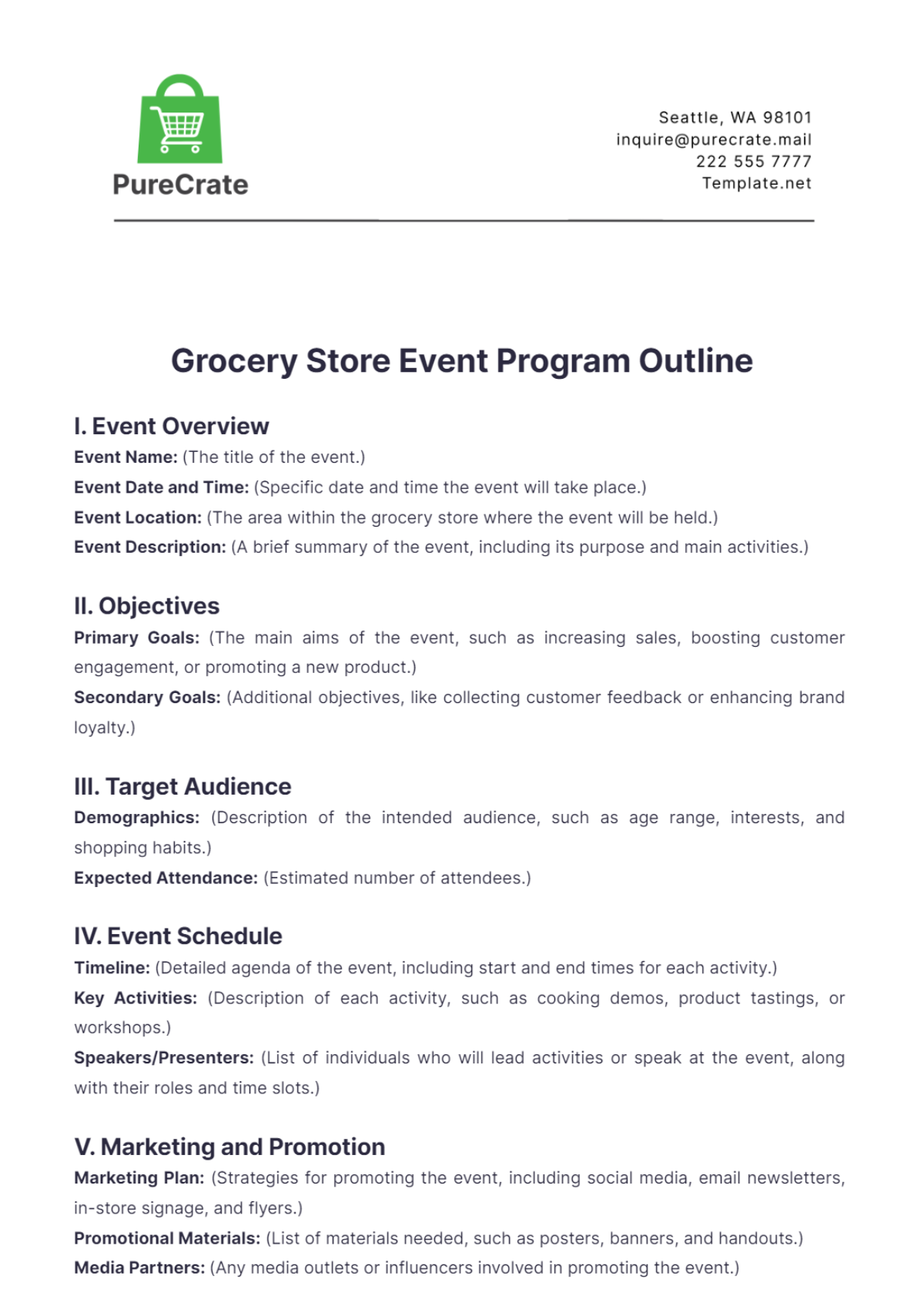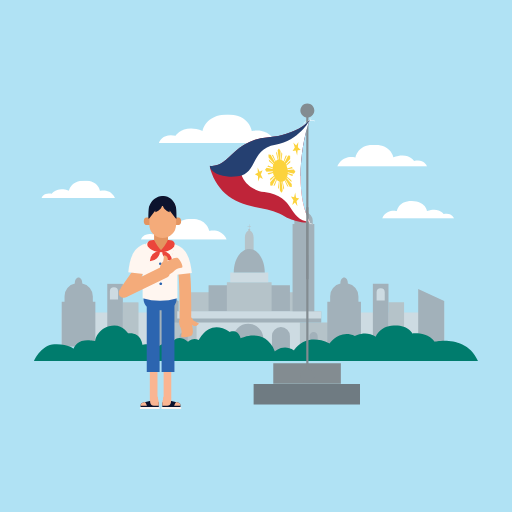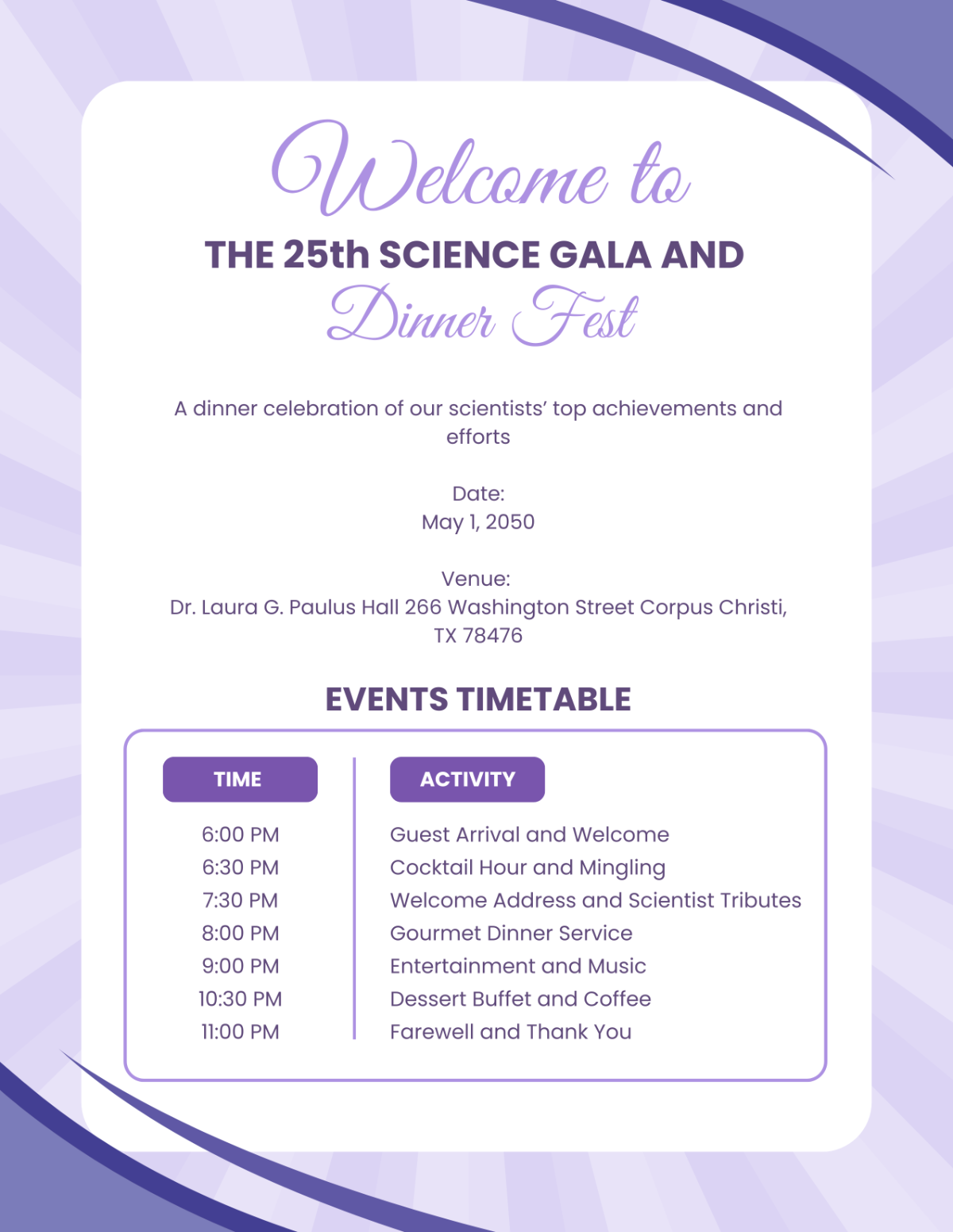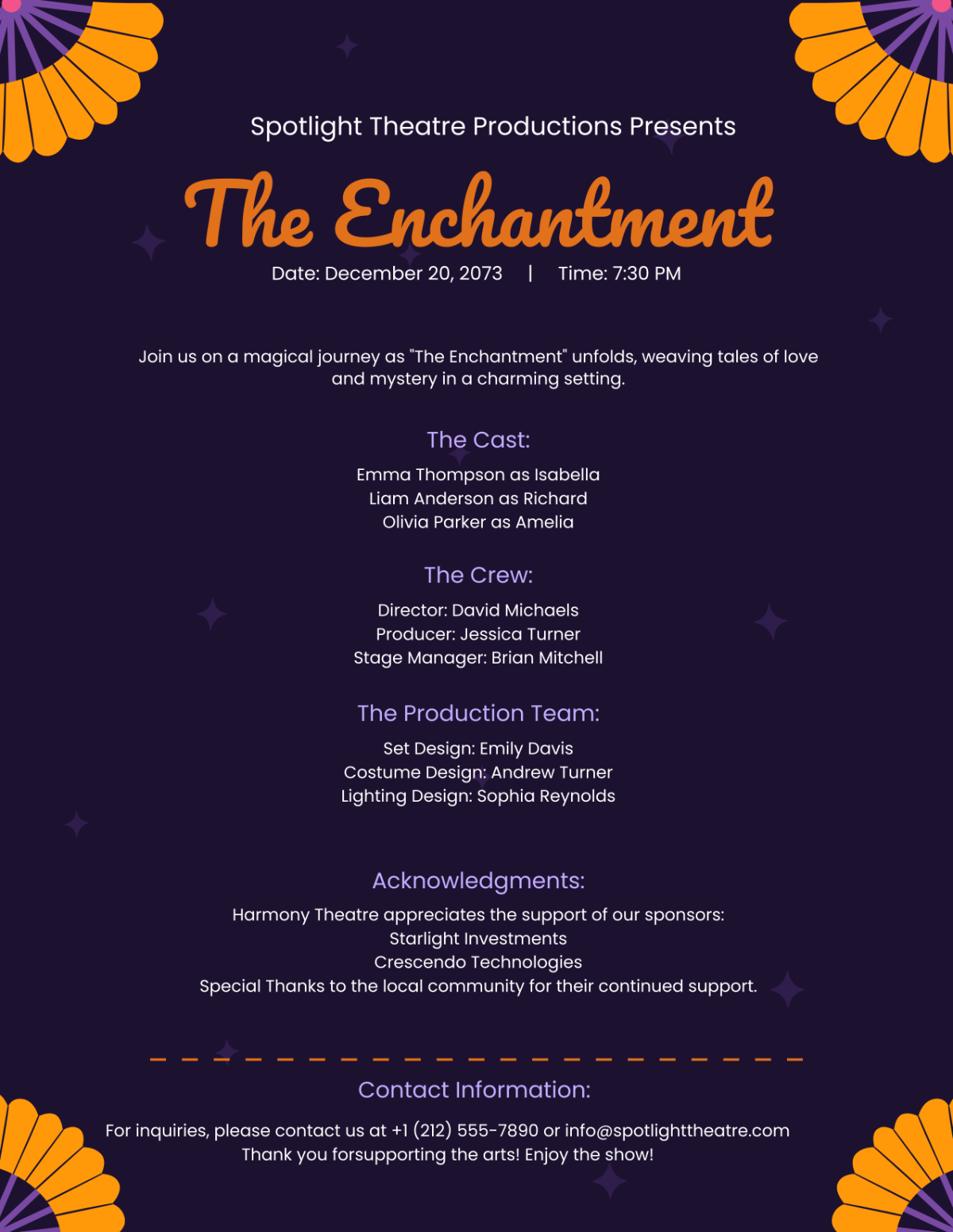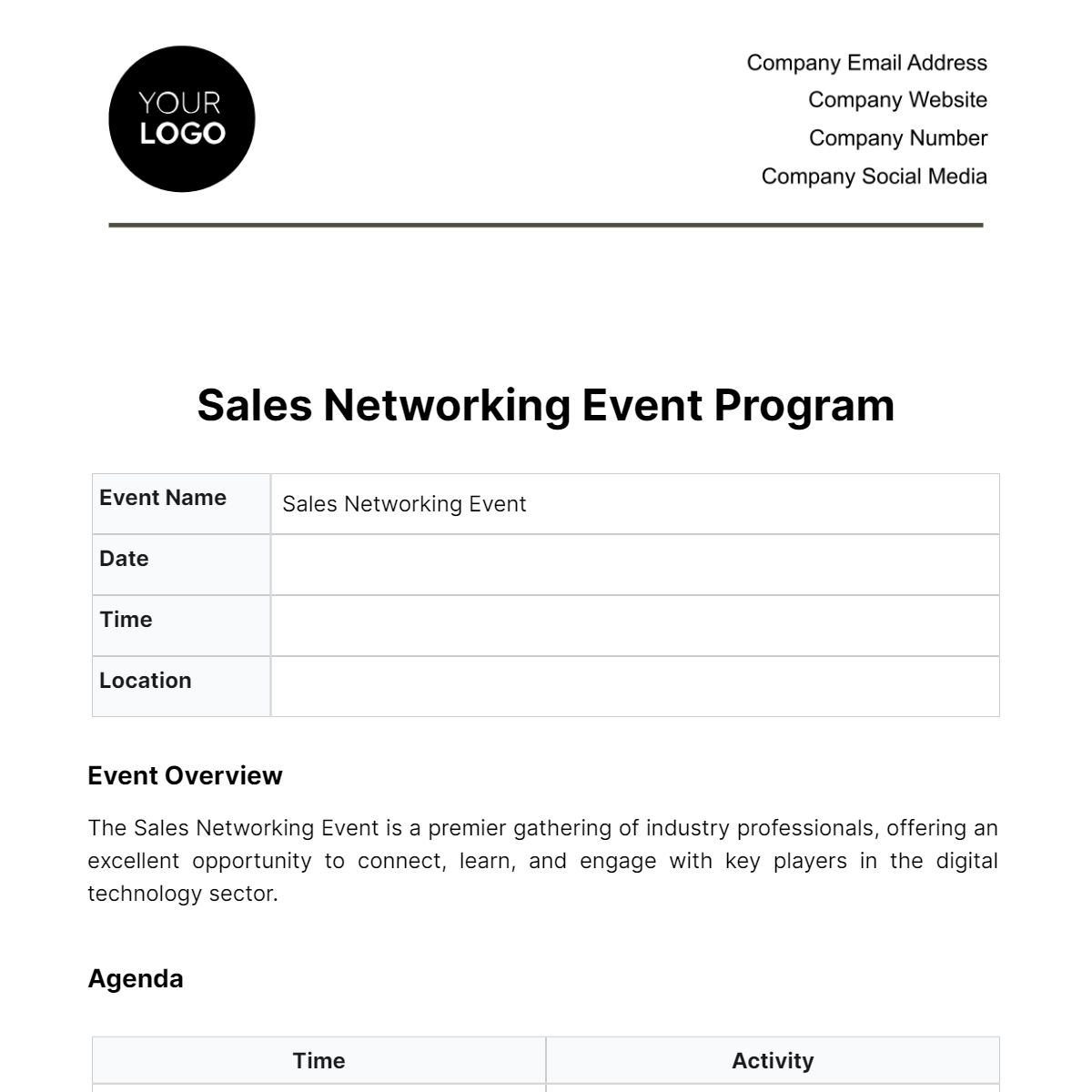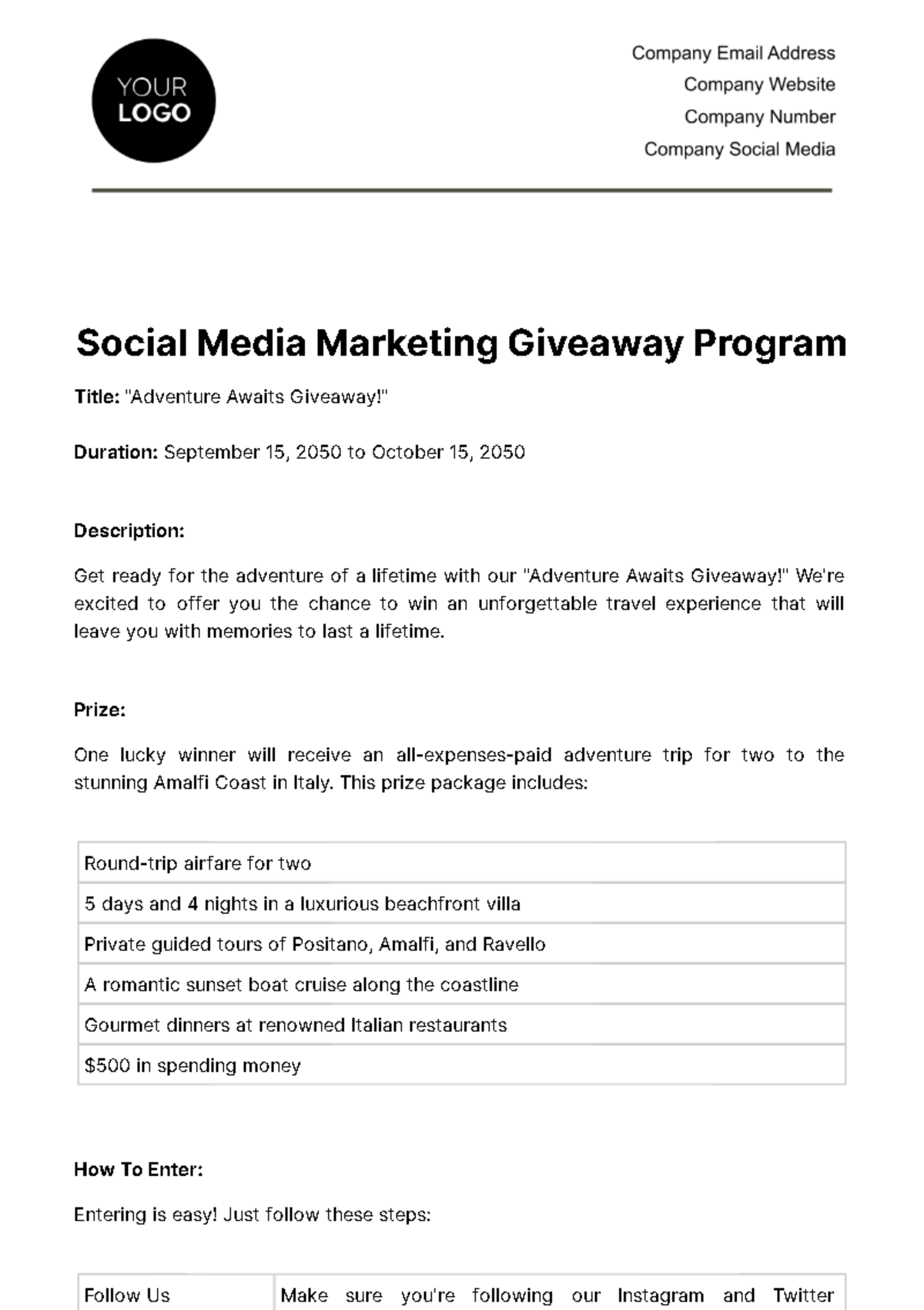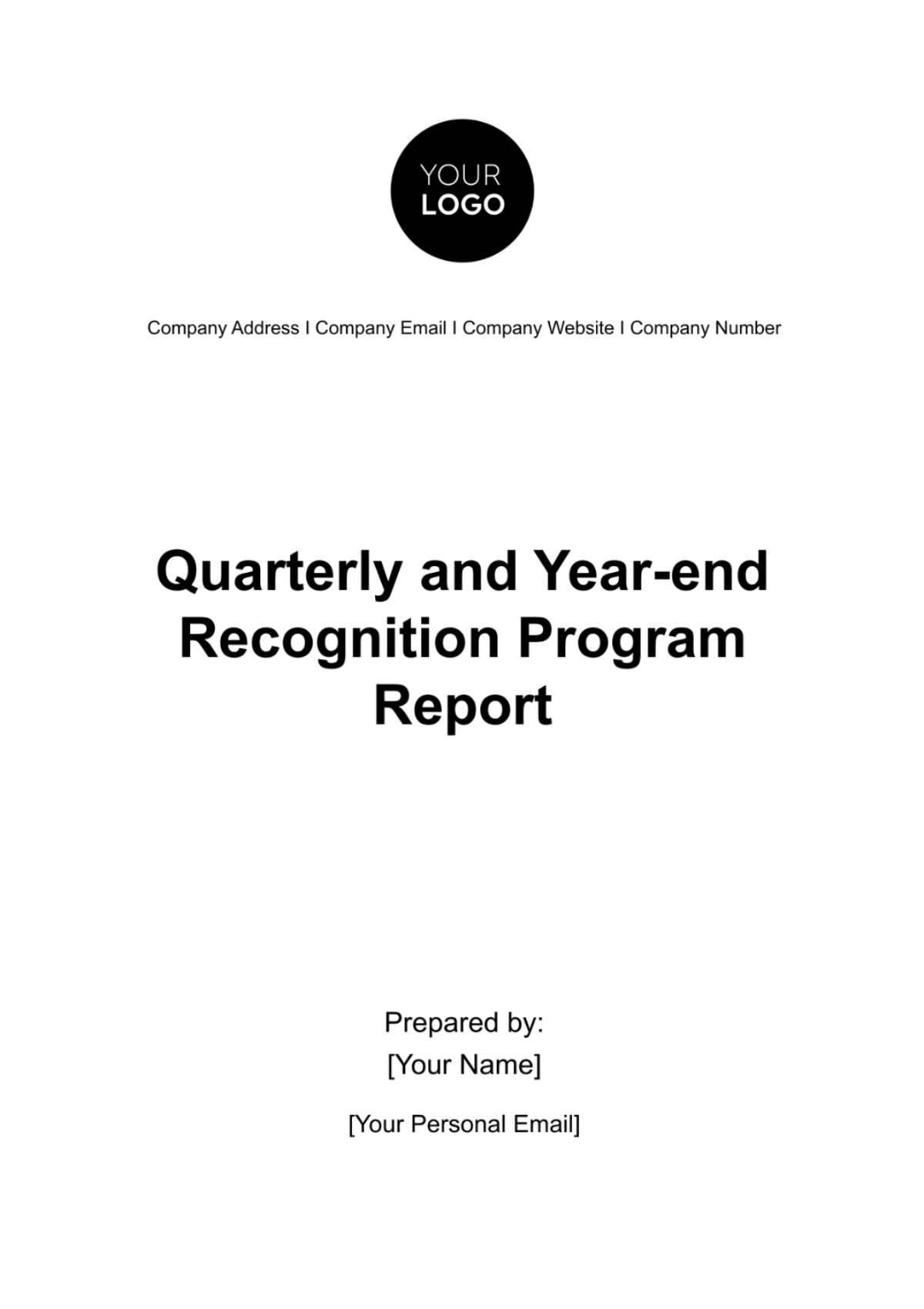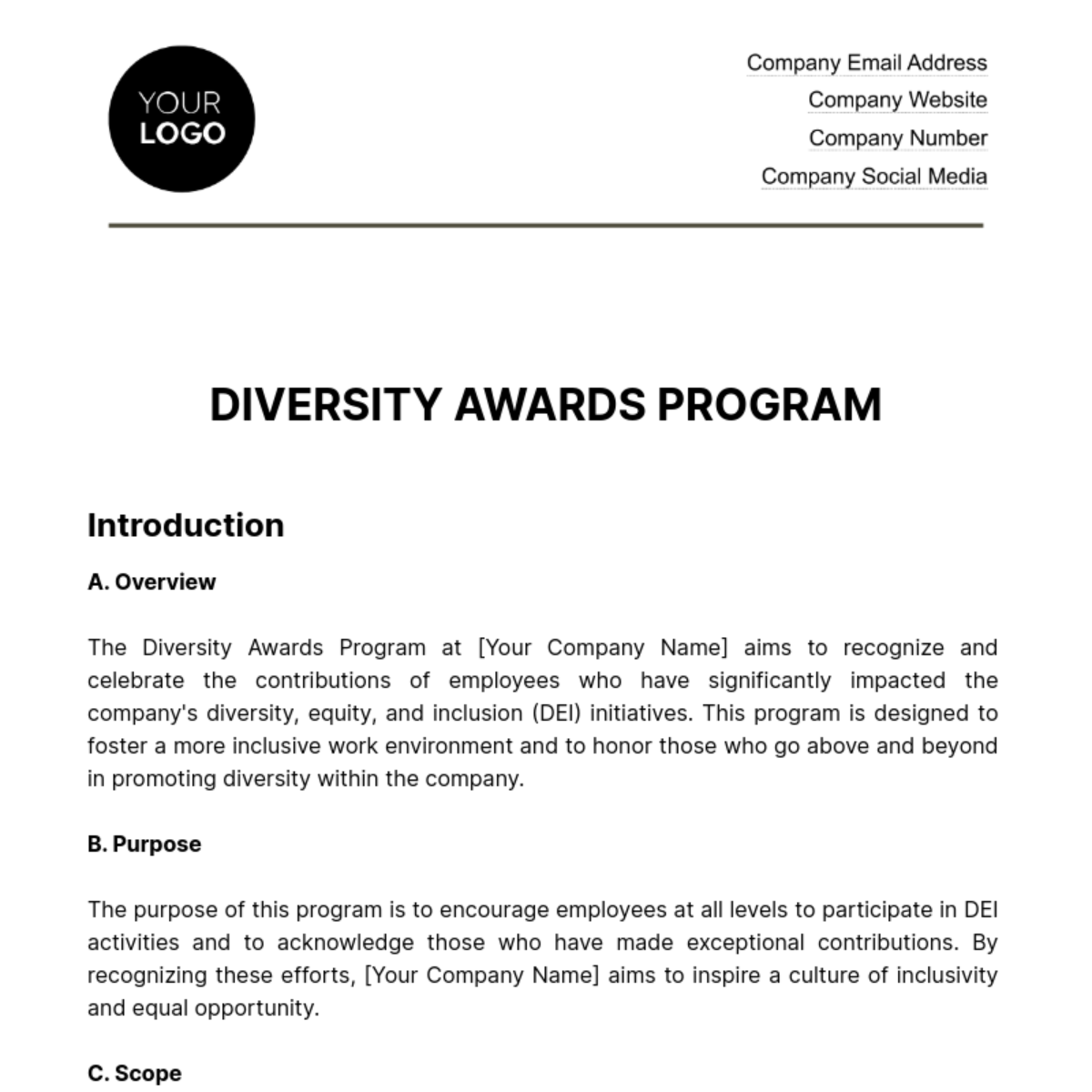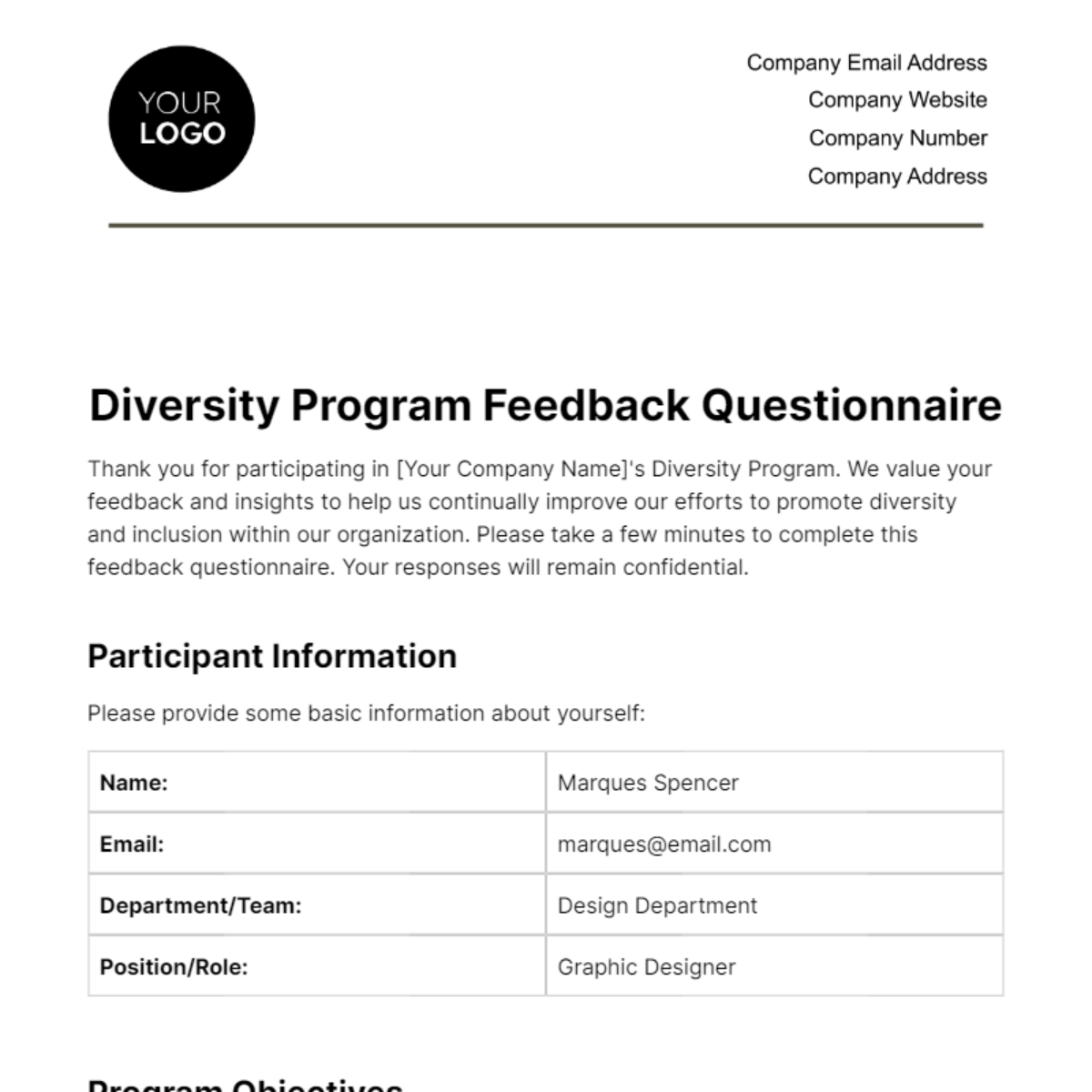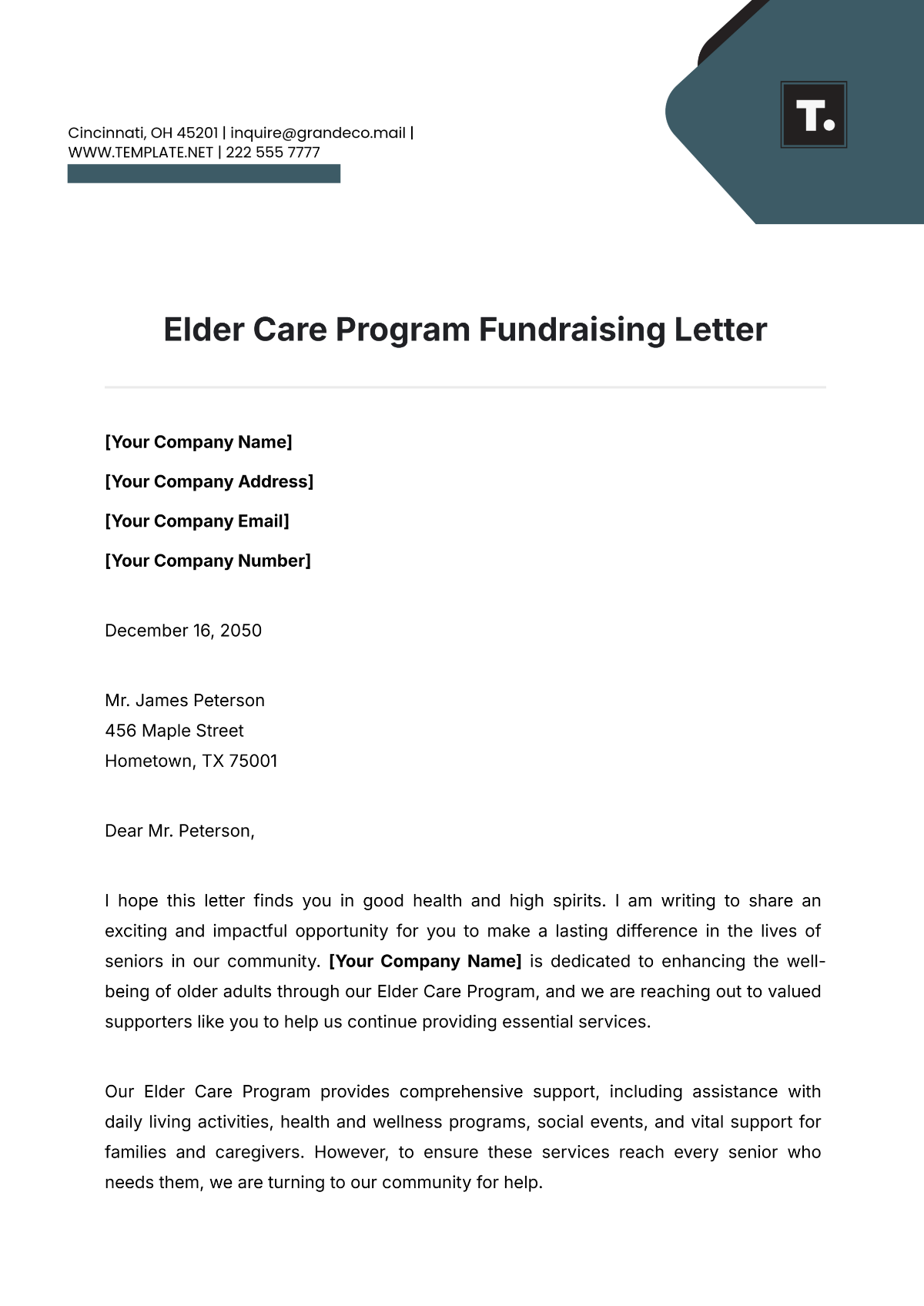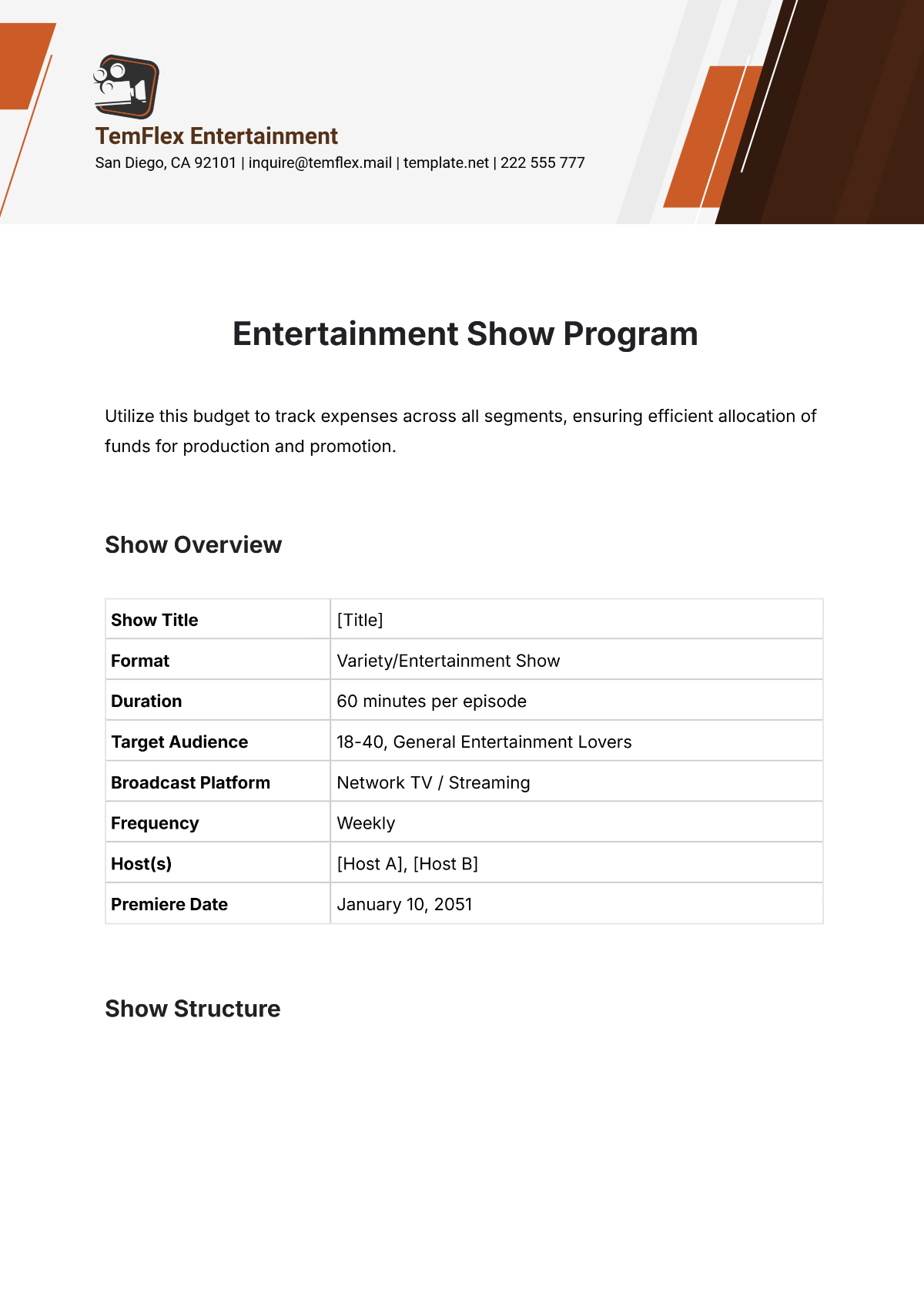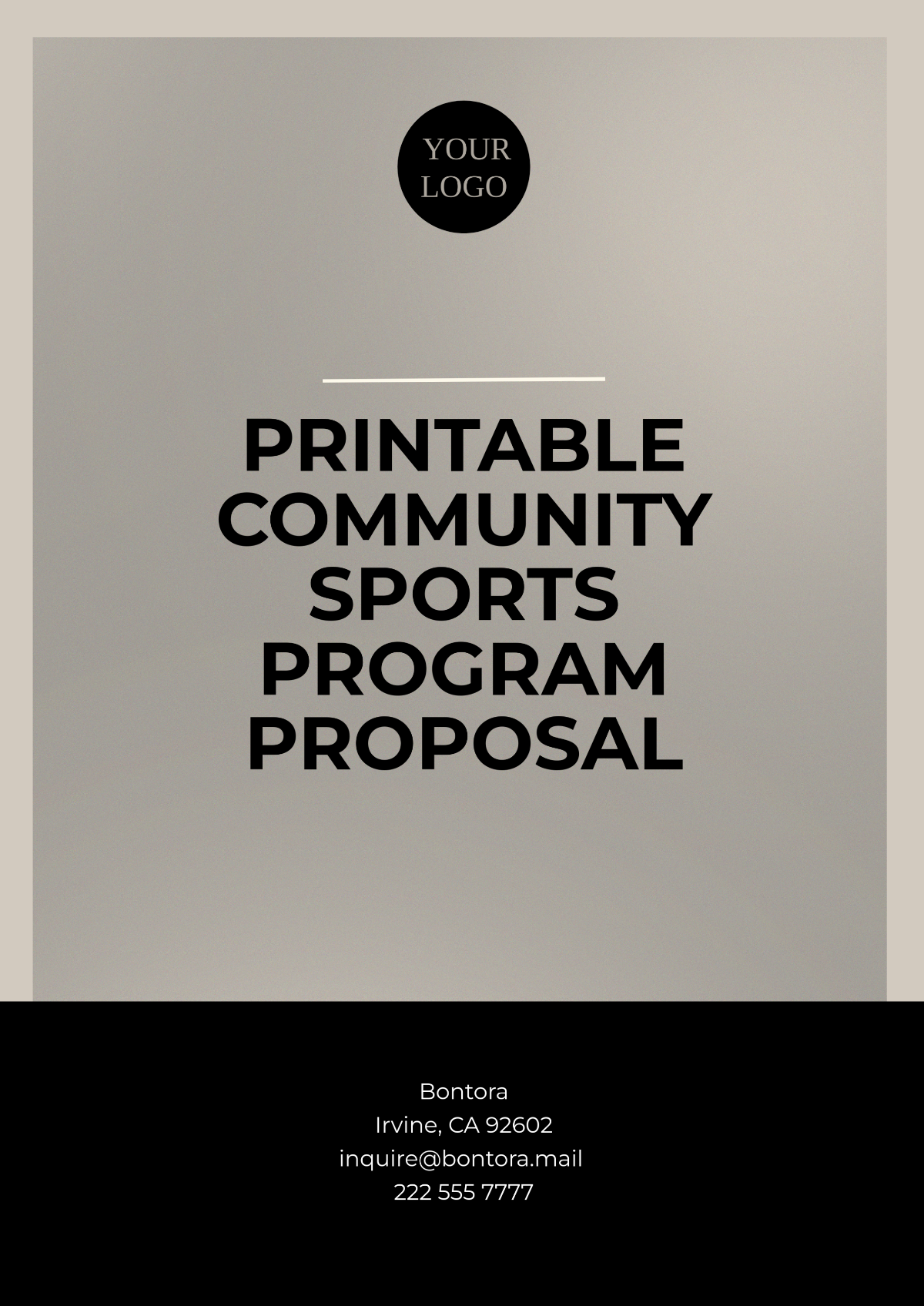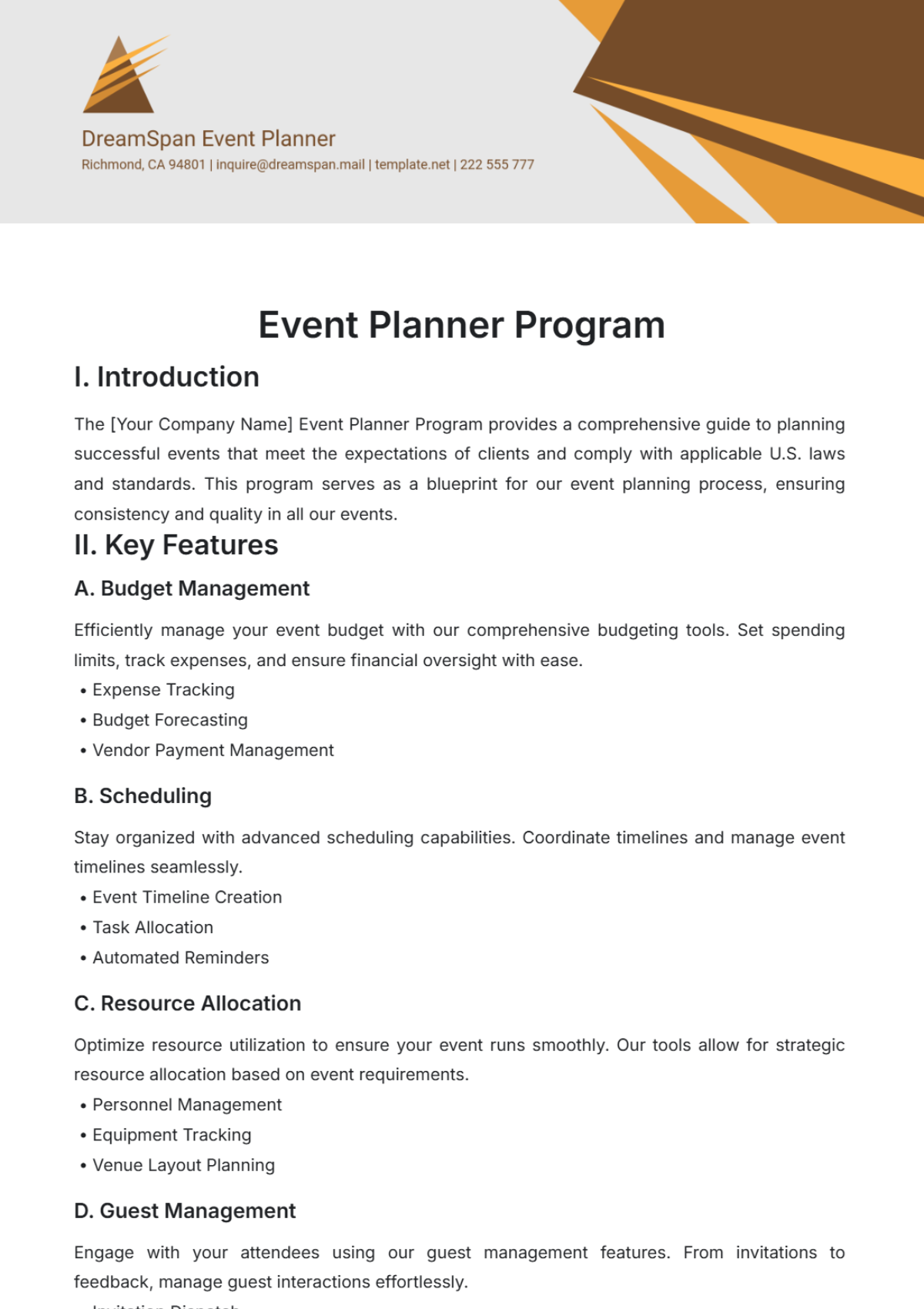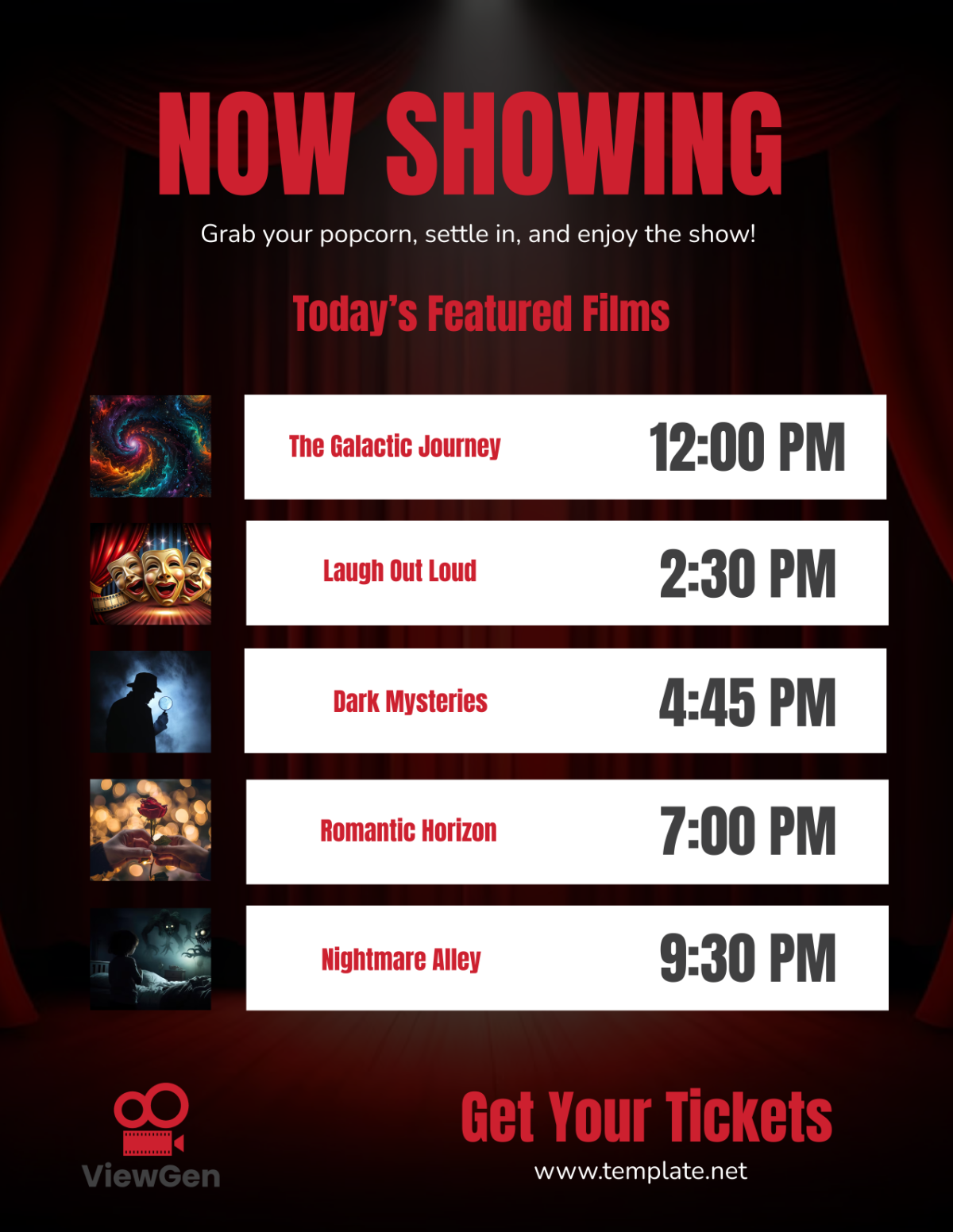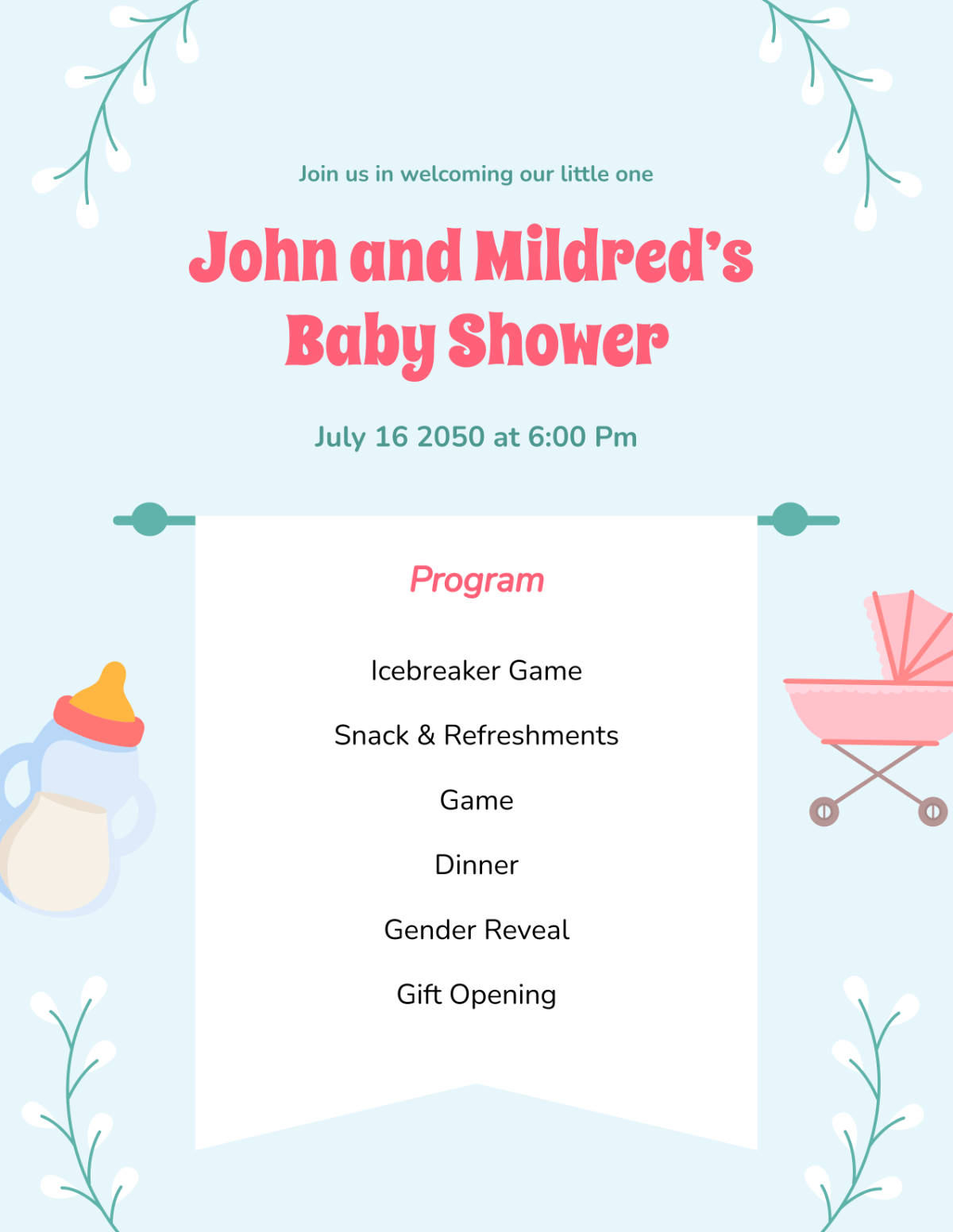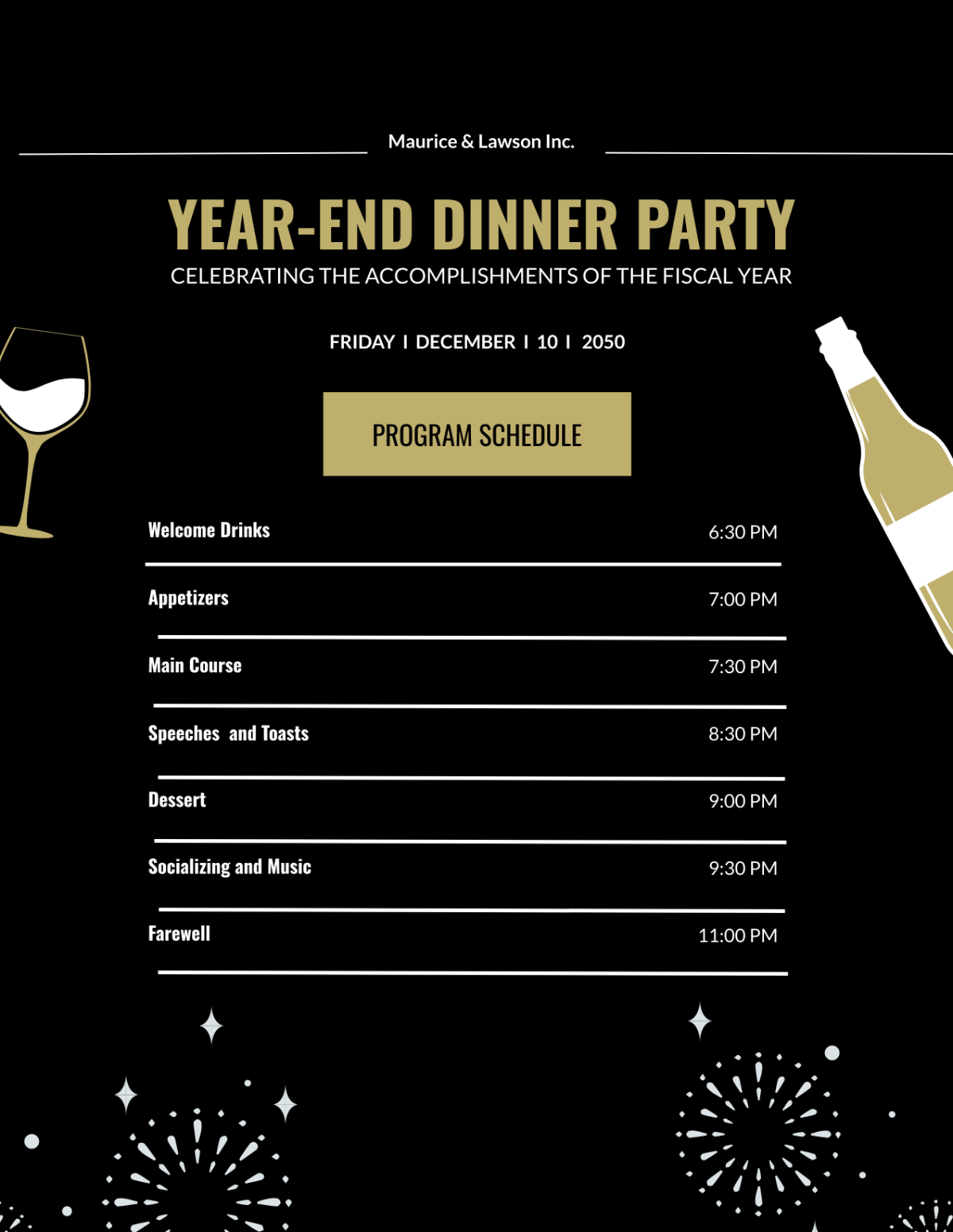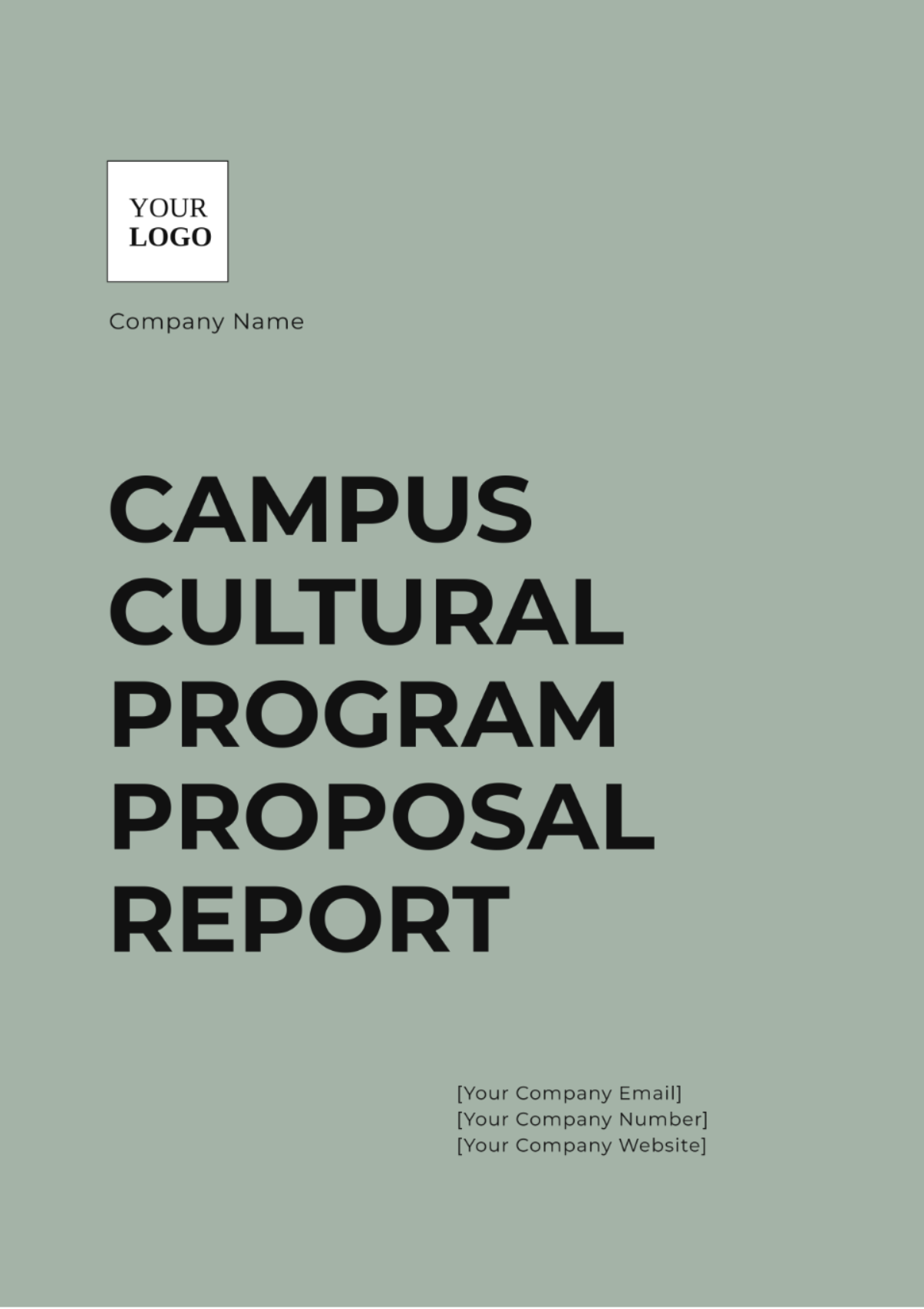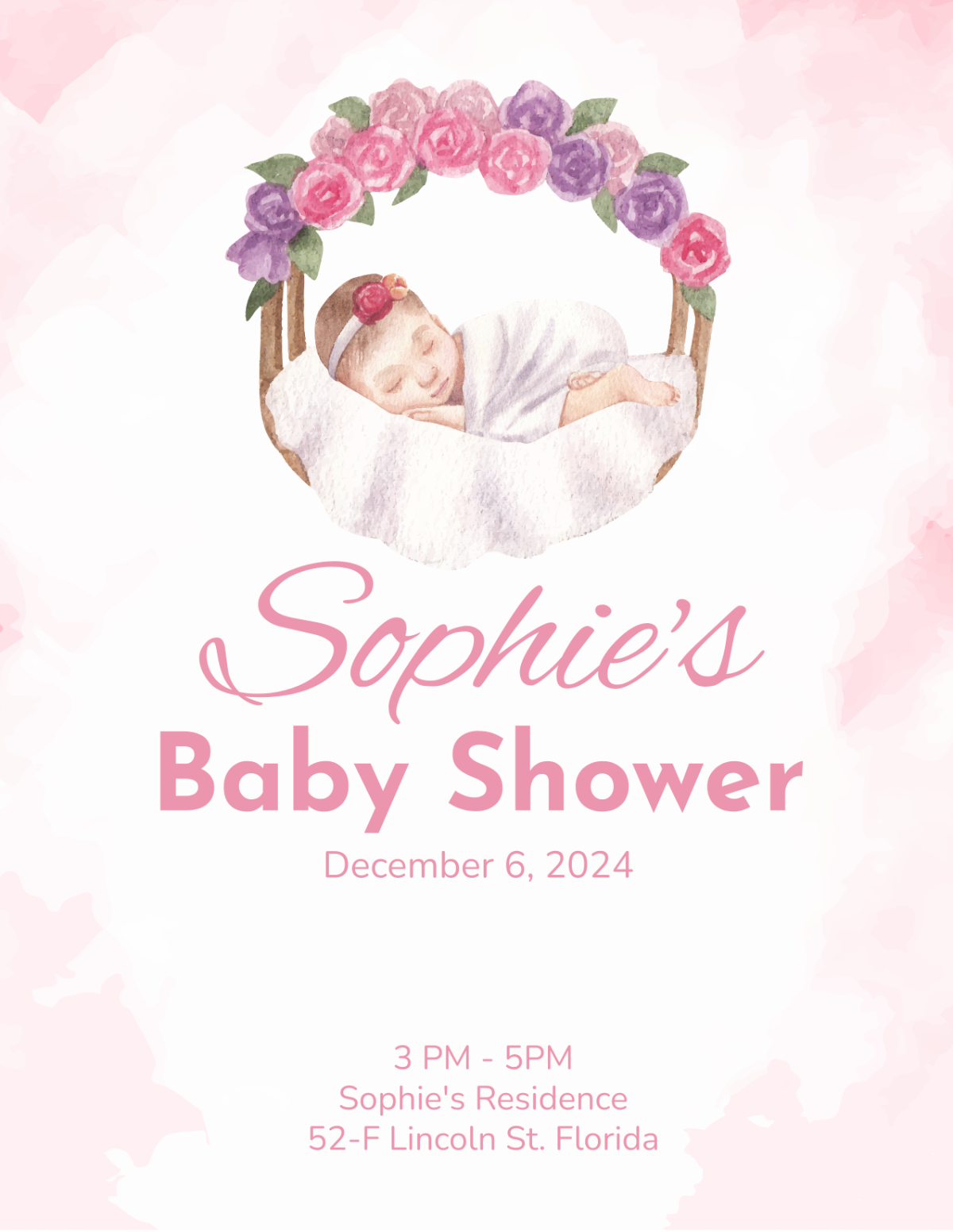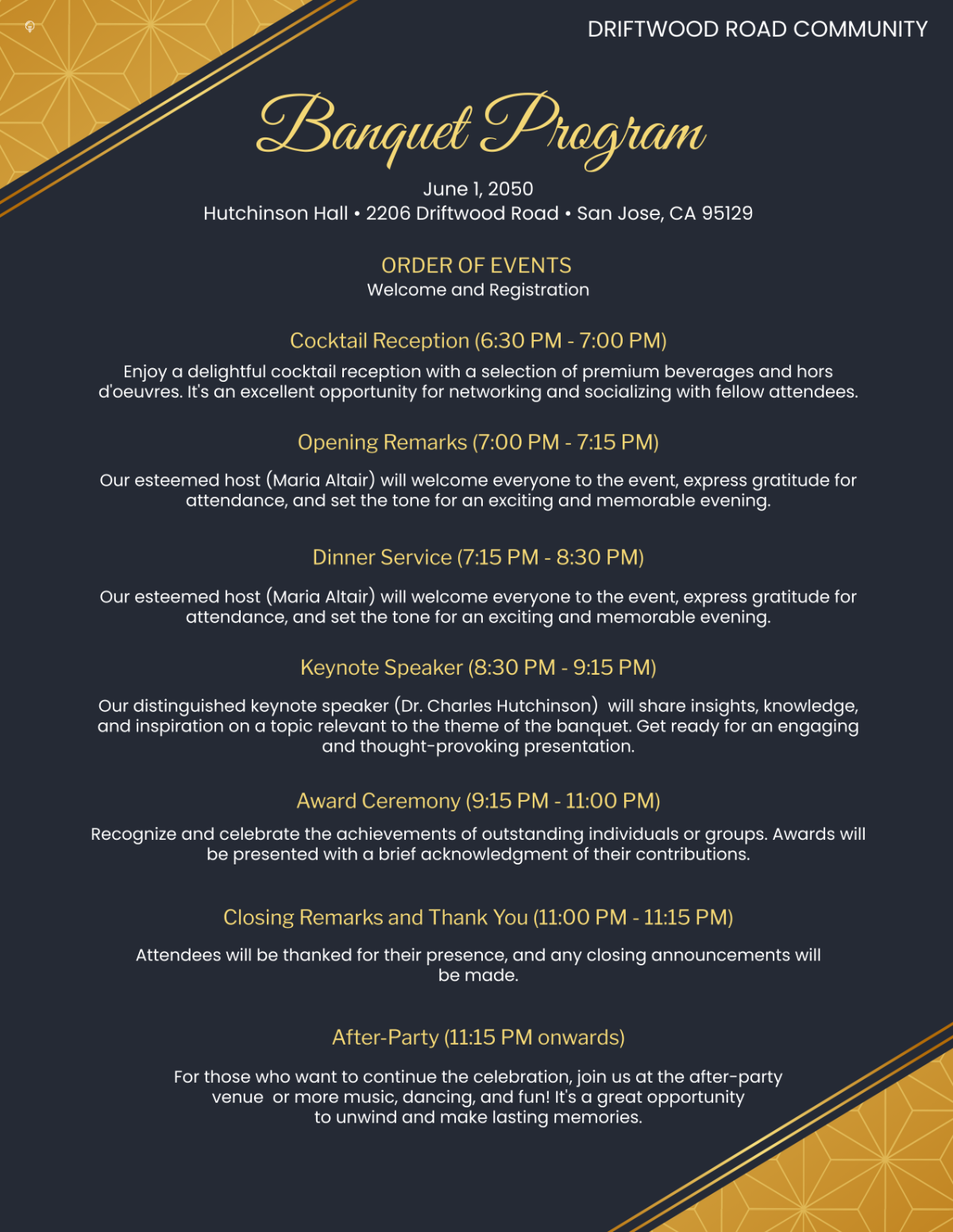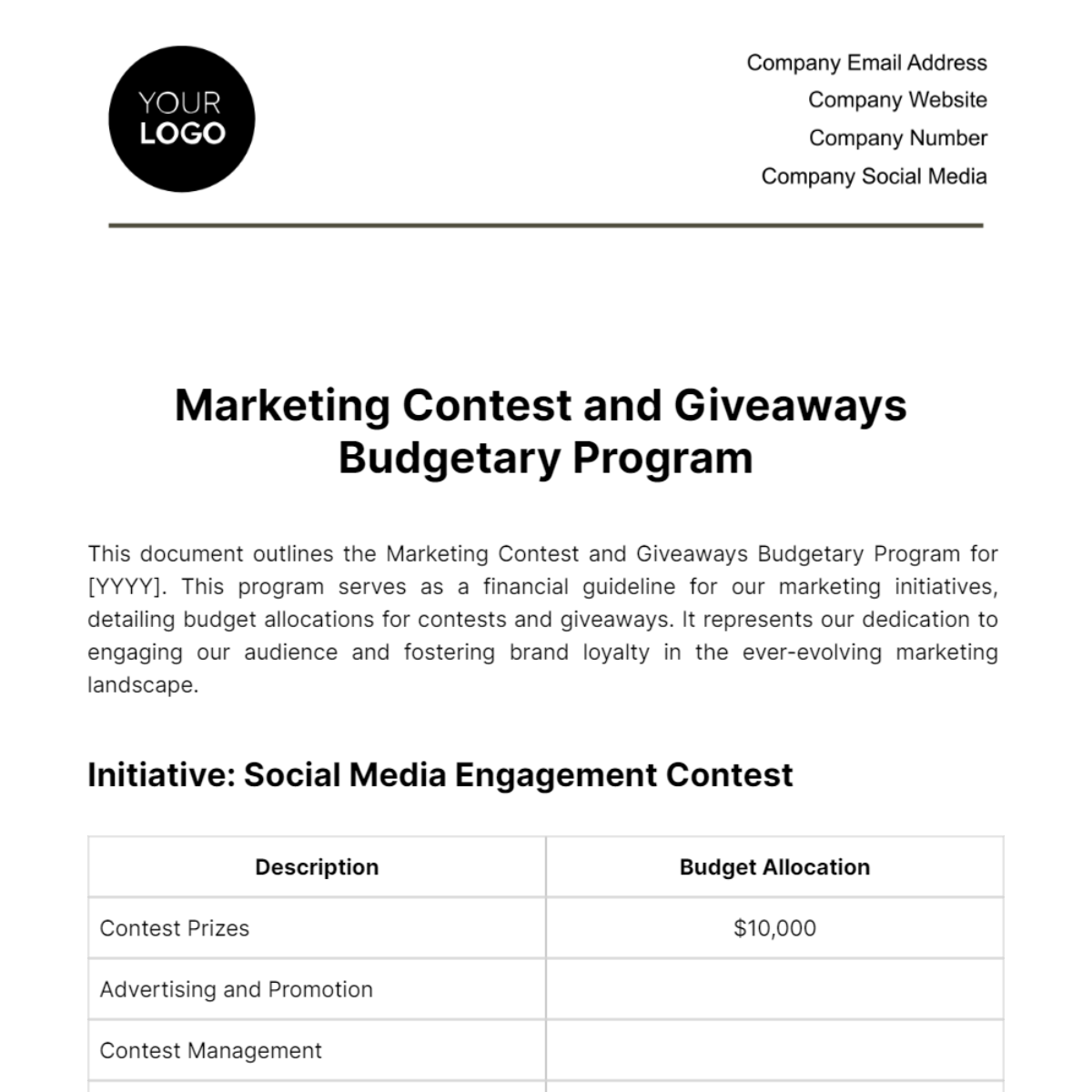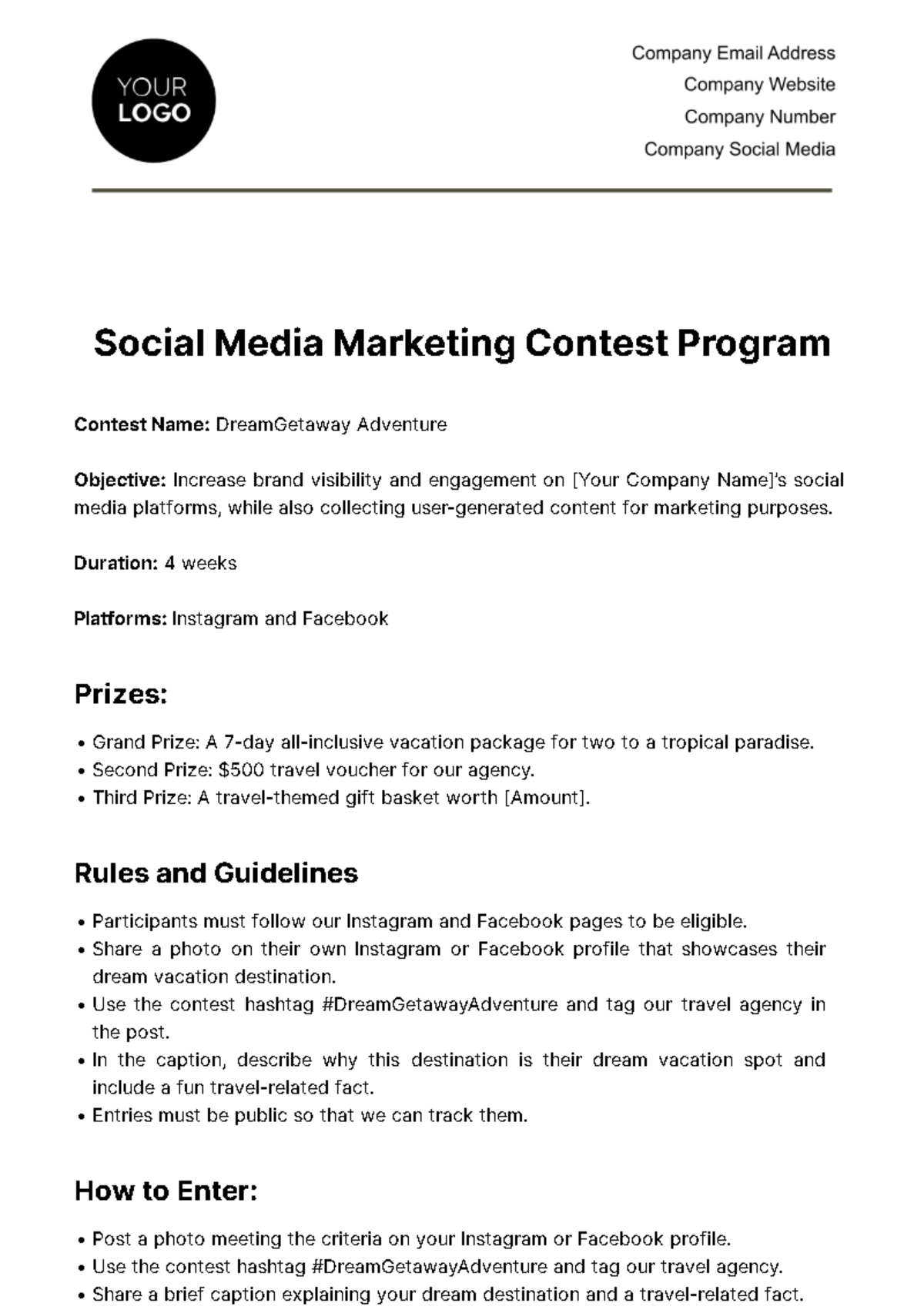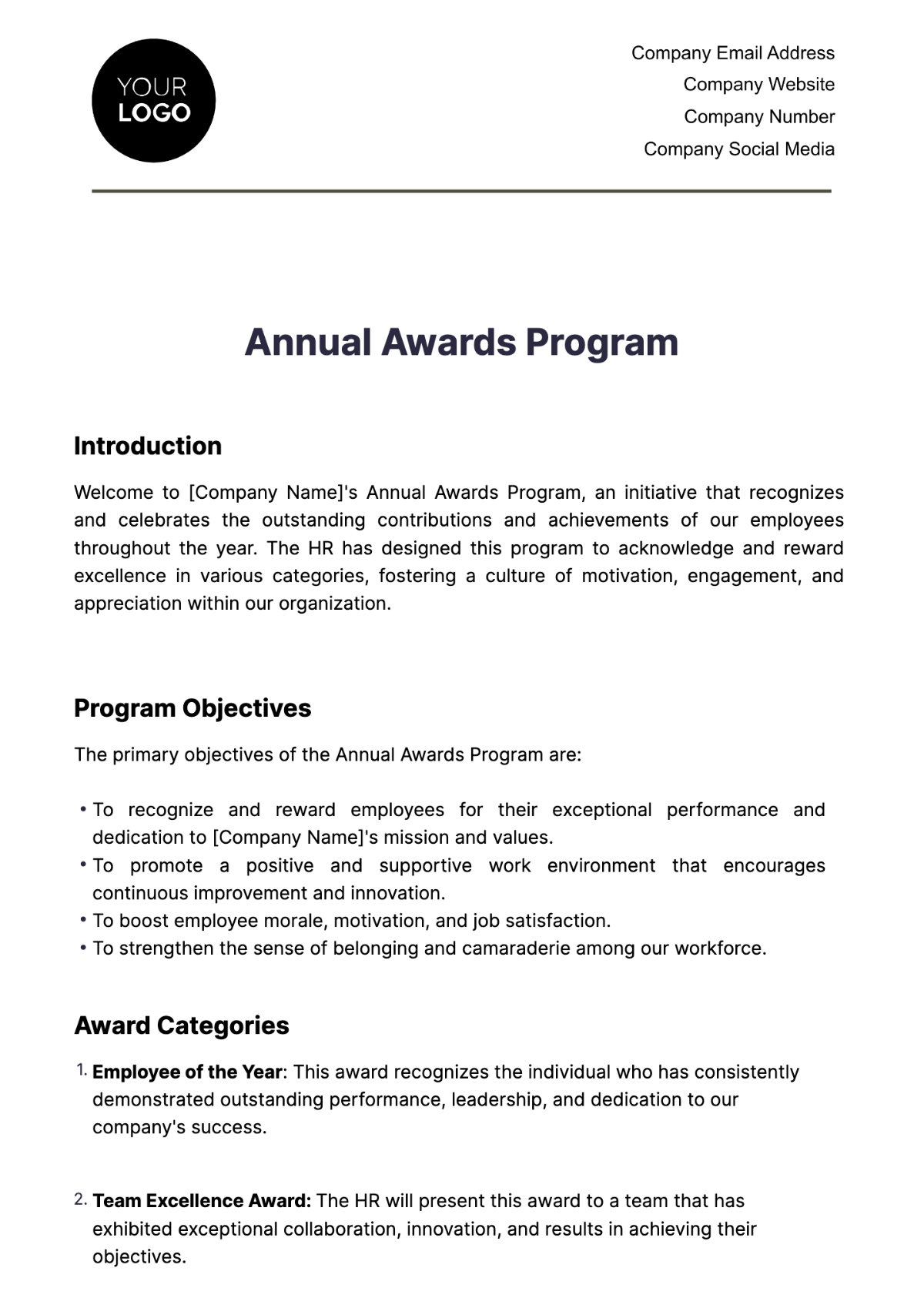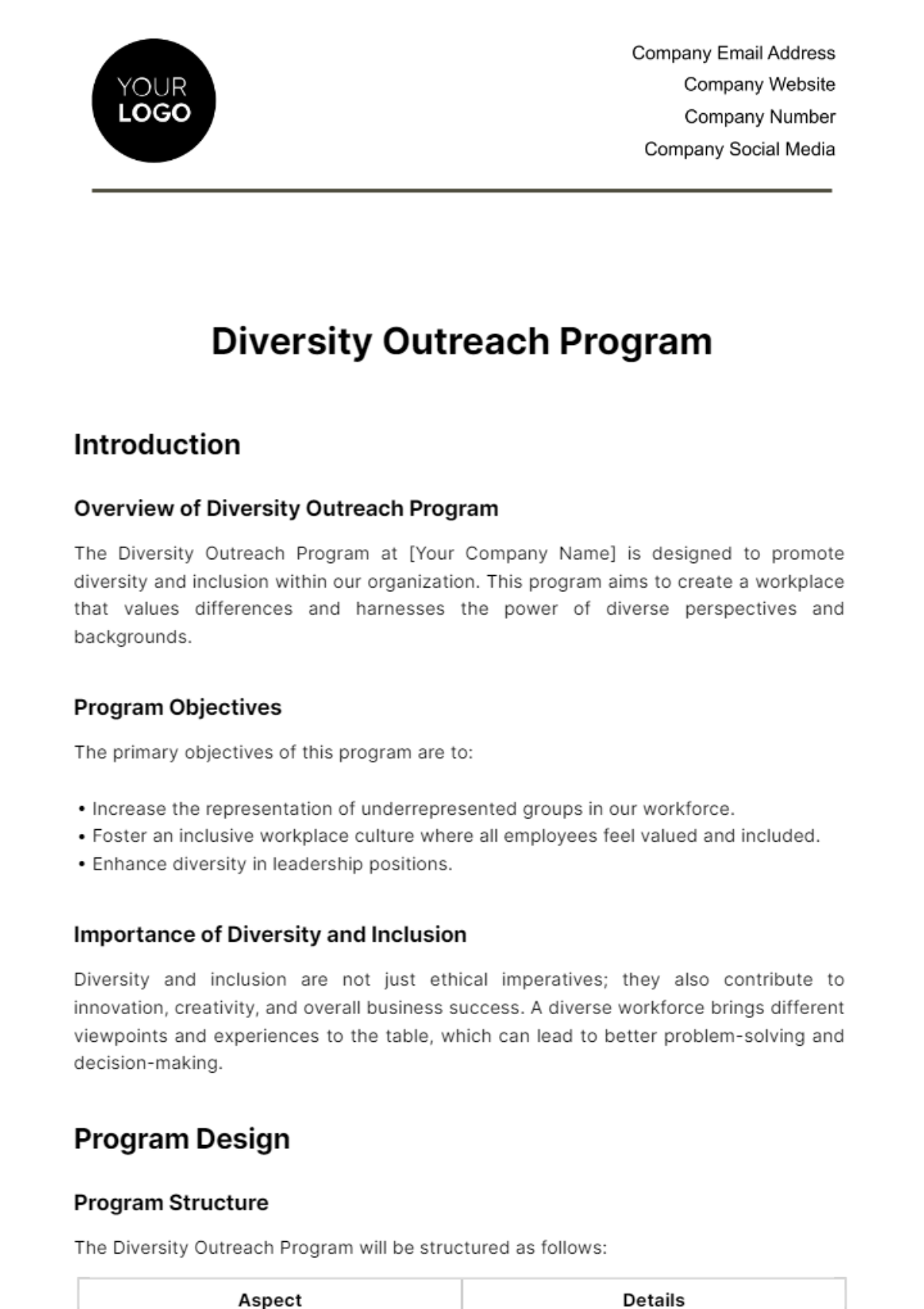Diversity Outreach Program
Introduction
Overview of Diversity Outreach Program
The Diversity Outreach Program at [Your Company Name] is designed to promote diversity and inclusion within our organization. This program aims to create a workplace that values differences and harnesses the power of diverse perspectives and backgrounds.
Program Objectives
The primary objectives of this program are to:
Increase the representation of underrepresented groups in our workforce.
Foster an inclusive workplace culture where all employees feel valued and included.
Enhance diversity in leadership positions.
Importance of Diversity and Inclusion
Diversity and inclusion are not just ethical imperatives; they also contribute to innovation, creativity, and overall business success. A diverse workforce brings different viewpoints and experiences to the table, which can lead to better problem-solving and decision-making.
Program Design
Program Structure
The Diversity Outreach Program will be structured as follows:
Aspect | Details |
Duration | 5 years ([Month Day, Year] - [Month Day, Year]) |
Scope | Company-wide |
Initiatives and Activities |
|
Budget
Estimated Program Budget
The estimated budget for the Diversity Outreach Program is $2,000,000. This includes expenses related to recruitment, training, events, and outreach efforts.
Funding Sources
Funding for the program will be sourced from:
Company funds
Diversity and inclusion grants
Corporate sponsorships
Timeline
Program Milestones
The program timeline will include the following key milestones:
Milestone | Date |
Program Launch | [Month Day, Year] |
First ERG Formation | [Month Day, Year] |
Completion of Initial Training Cycle | [Month Day, Year] |
Mid-term Progress Review | [Month Day, Year] |
Leadership Development Seminar | [Month Day, Year] |
Final Program Evaluation | [Month Day, Year] |
Deadlines
Deadlines for specific program activities and initiatives are as follows:
Activity/Initiative | Deadline |
Recruitment Drive 1 | [Month Day, Year] |
Diversity Training Session 1 | [Month Day, Year] |
ERG Formation Round 1 | [Month Day, Year] |
Recruitment Drive 2 | [Month Day, Year] |
Diversity Training Session 2 | [Month Day, Year] |
ERG Formation Round 2 | [Month Day, Year] |
Mid-term Progress Report | [Month Day, Year] |
Leadership Development Seminar | [Month Day, Year] |
Final Program Evaluation | [Month Day, Year] |
Recruitment and Hiring Strategies
Attracting a Diverse Candidate Pool
To achieve our diversity goals, it's essential to attract a diverse pool of candidates. We recommend the following strategies:
Collaborate with diverse professional organizations and associations.
Utilize diverse job boards and platforms for posting job openings.
Implement a referral program that encourages employees to refer candidates from underrepresented groups.
Partner with universities and colleges with diverse student populations for recruitment efforts.
Ensure that our recruitment team receives training on diversity and inclusion best practices.
Inclusive Job Descriptions
Crafting inclusive job descriptions is crucial to attracting candidates from diverse backgrounds. Here are some tips:
Use gender-neutral language in job descriptions.
Focus on essential qualifications and skills rather than unnecessary requirements.
Highlight our commitment to diversity and inclusion in job postings.
Bias-Free Selection Process
To ensure a fair and unbiased selection process, we will:
Conduct training for interviewers to minimize unconscious biases.
Implement blind resume screening, removing personally identifiable information from resumes during the initial review.
Establish diverse interview panels to evaluate candidates.
Regularly review and update our selection process to mitigate bias.
Training and Development
Diversity and Inclusion Training
We recognize the importance of educating our employees about diversity and inclusion. Our training programs will include:
Diversity awareness training for all employees.
In-depth diversity and inclusion training for managers and leaders.
Ongoing workshops and seminars on topics related to diversity and inclusion.
Employee resource groups (ERGs) to provide a supportive network for employees from diverse backgrounds.
Ongoing Development Efforts
Our commitment to diversity and inclusion extends beyond initial training. We will:
Offer mentoring and career development opportunities to employees from underrepresented groups.
Encourage participation in diversity-related conferences and events.
Continuously assess and update our diversity and inclusion initiatives based on feedback and evolving best practices.
Monitoring and Evaluation
Key Performance Indicators (KPIs)
To measure the effectiveness of our Diversity Outreach Program, we will track the following KPIs:
Percentage of employees from underrepresented groups.
Employee satisfaction and engagement scores related to diversity and inclusion.
Progress in achieving diversity goals in leadership positions.
Data Collection and Analysis
We will collect and analyze data related to diversity and inclusion on an ongoing basis. This includes:
Demographic data of our workforce.
Feedback from employees through surveys and focus groups.
Recruitment and retention statistics for underrepresented groups.
Feedback Mechanisms
We value input from our employees and stakeholders. We will establish regular feedback mechanisms, such as town hall meetings and suggestion boxes, to gather input and suggestions related to diversity and inclusion efforts.
Resources and Support
Internal Resources
We have allocated internal resources to support the Diversity Outreach Program, including:
Dedicated staff members responsible for program coordination and implementation.
Budget allocation for program expenses.
Access to our company's employee resource groups (ERGs) and affinity groups.
External Partnerships
Collaborating with external organizations and partners can enhance the effectiveness of our program. We plan to partner with:
Diversity and inclusion-focused non-profit organizations.
Professional associations and networks representing underrepresented groups.
Educational institutions for recruitment and training opportunities.
Diversity consultants and experts for guidance and insights.
Communication Plan
Internal Communication
To keep our employees informed and engaged, we will implement the following internal communication strategies:
Regular updates through company-wide emails and newsletters.
Inclusion of diversity and inclusion topics in team meetings and town halls.
Utilization of our company's intranet and communication channels to share program updates and success stories.
External Communication
We will also communicate our commitment to diversity and inclusion to external stakeholders through:
Press releases and statements on our website.
Participation in industry events and conferences focusing on diversity and inclusion.
Collaboration with external organizations to amplify our message.
Public Relations
Managing our public image in the context of diversity and inclusion is crucial. We will:
Monitor media coverage and social media sentiment related to our program.
Actively engage with the public and respond to inquiries and feedback.
Highlight our achievements and success stories in the media.
Legal and Compliance Considerations
Relevant Laws and Regulations
Compliance with applicable laws and regulations is a top priority. We will ensure adherence to:
Federal and state laws governing equal employment opportunity and non-discrimination.
Local ordinances and regulations related to diversity and inclusion.
Any industry-specific standards or guidelines.
Compliance Measures
To maintain compliance, we will:
Regularly review our policies and practices to ensure they align with legal requirements.
Conduct audits and assessments to identify and address potential compliance issues.
Provide training to employees and managers on legal and compliance obligations.
Reporting and Accountability
Roles and Responsibilities
Accountability is key to the success of our Diversity Outreach Program. We will define the roles and responsibilities of:
Program coordinators responsible for day-to-day management.
Senior leaders accountable for program outcomes.
Employees who contribute to the program's success through their roles and participation.
Accountability Mechanisms
We will establish mechanisms to track and report progress, including:
Regular progress reports to senior management and the board of directors.
Key performance indicators (KPIs) and metrics to measure program effectiveness.
Annual reviews and assessments to identify areas for improvement.
Success Stories and Best Practices
Case Studies
Sharing success stories and best practices can inspire and guide our program. We will:
Create case studies highlighting individuals' career journeys within our organization.
Showcase examples of teams that have benefited from diversity and inclusion.
Share stories of successful diversity outreach initiatives.
Recommended Practices
We will also compile a list of recommended practices based on our experiences and industry research. These recommendations will cover various aspects of diversity and inclusion, from recruitment strategies to inclusive workplace policies.
Appendices
Additional Resources
In the appendices, you will find a collection of additional resources, including:
Templates for diversity and inclusion surveys.
Sample job descriptions that adhere to inclusive language principles.
Lists of recommended diversity training providers and consultants.
Templates and Forms
To streamline program implementation, we have included templates and forms for various purposes:
Diversity event planning templates.
Feedback collection forms for employees and stakeholders.
Reporting templates to track program progress.
